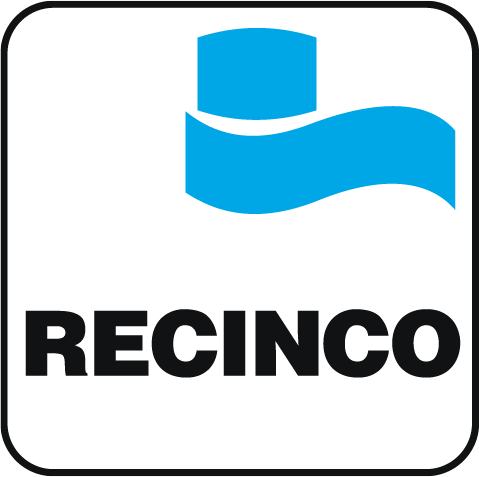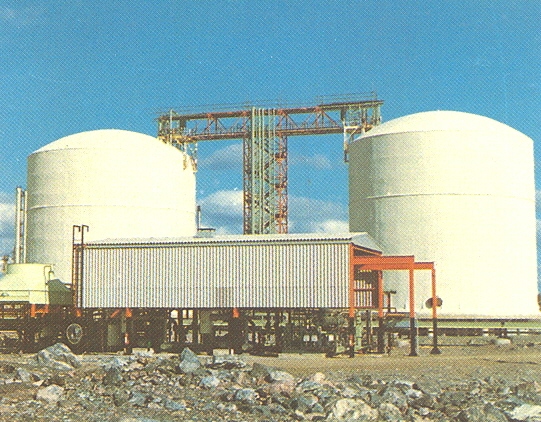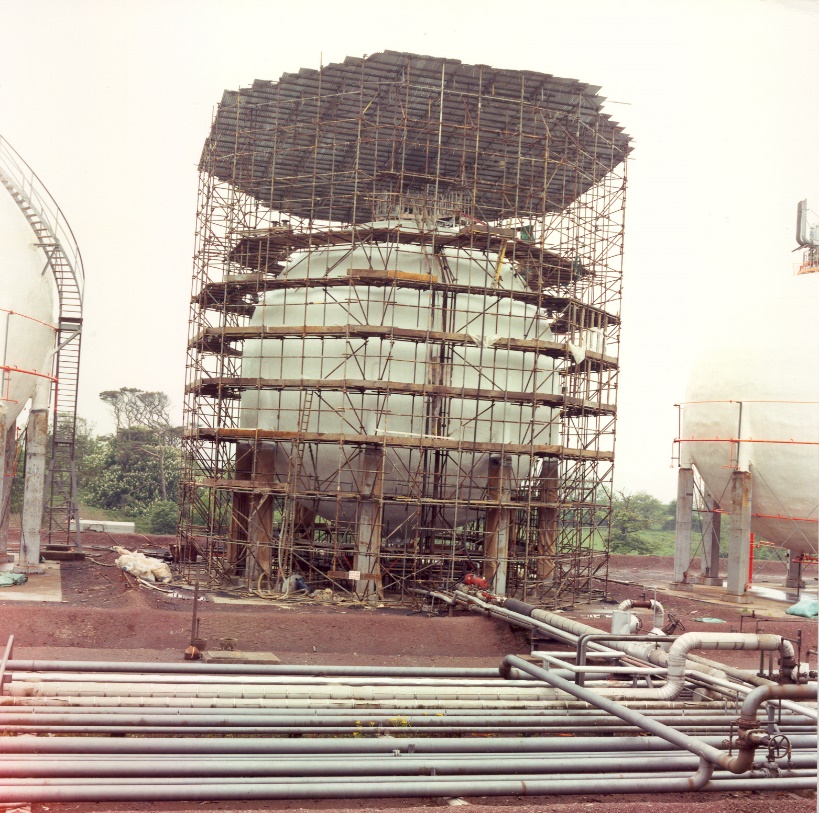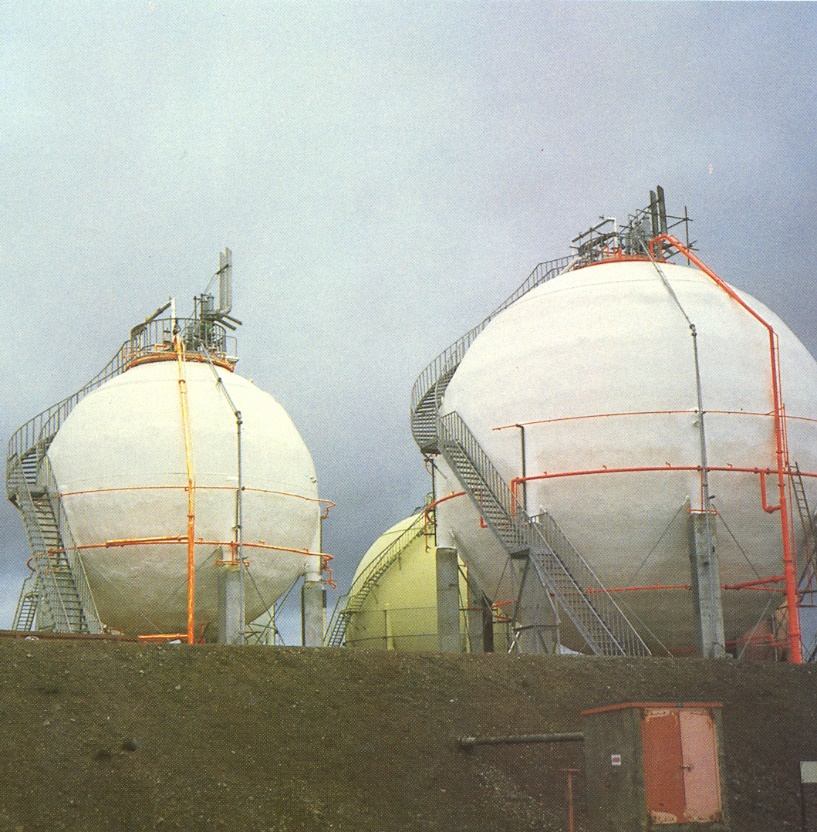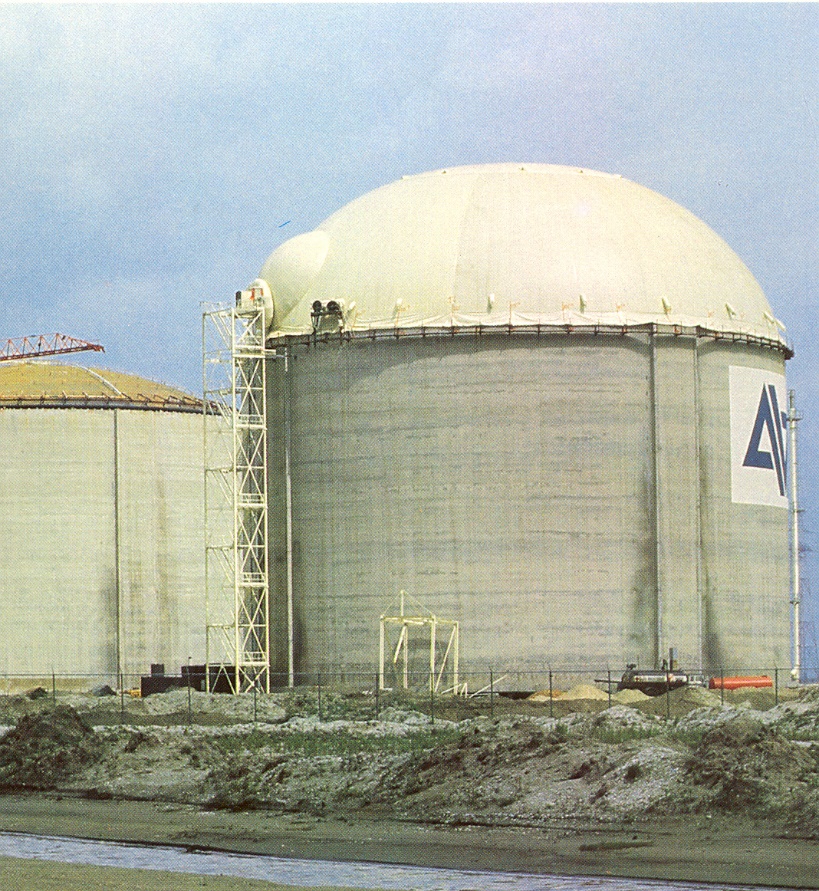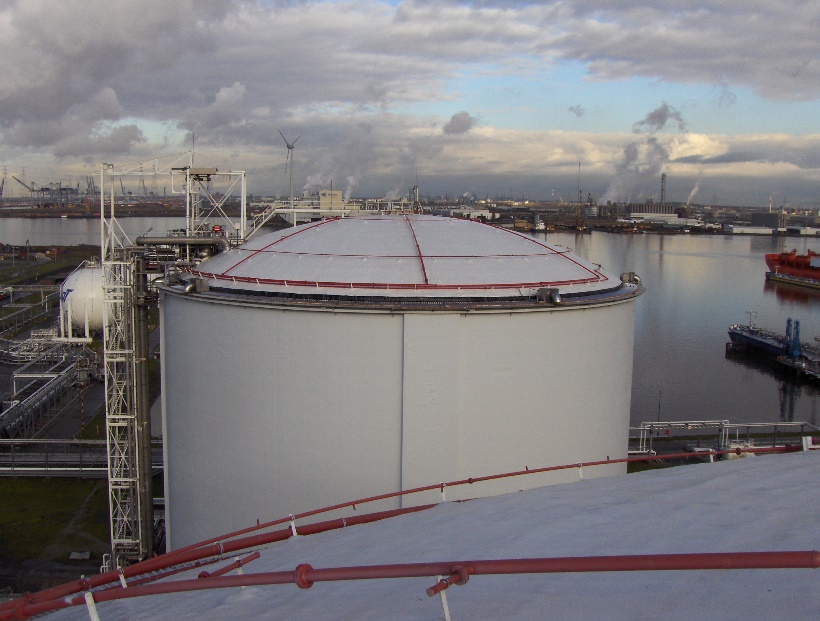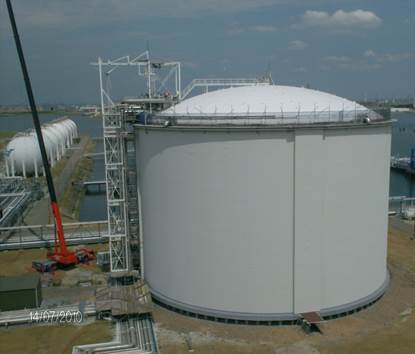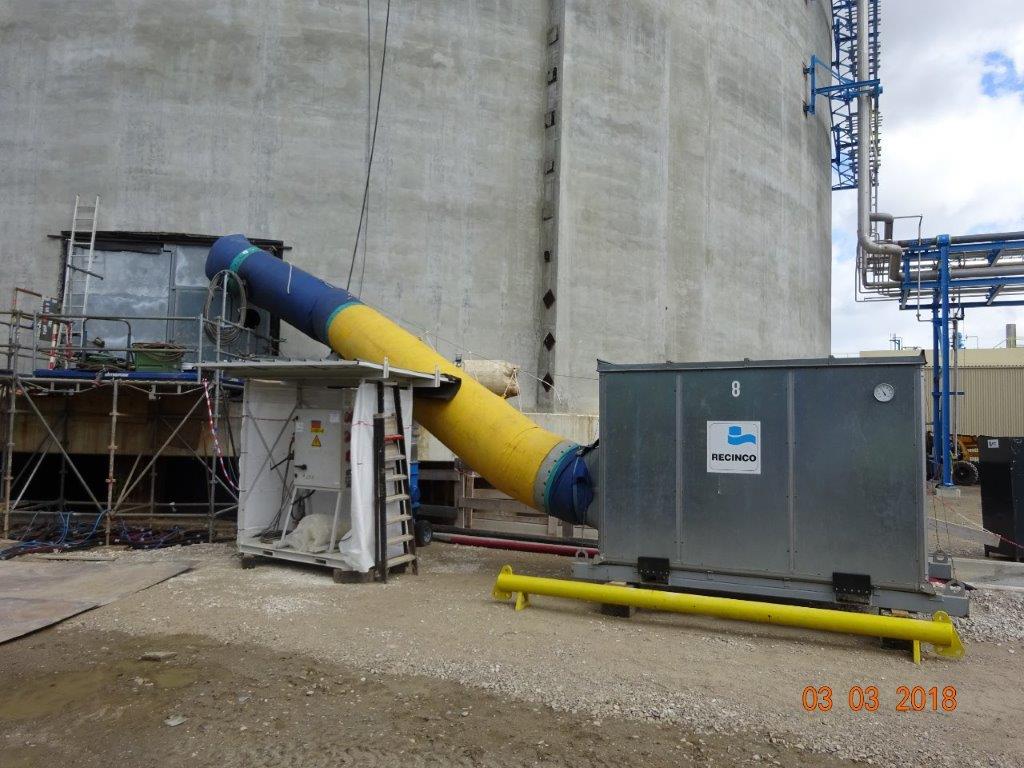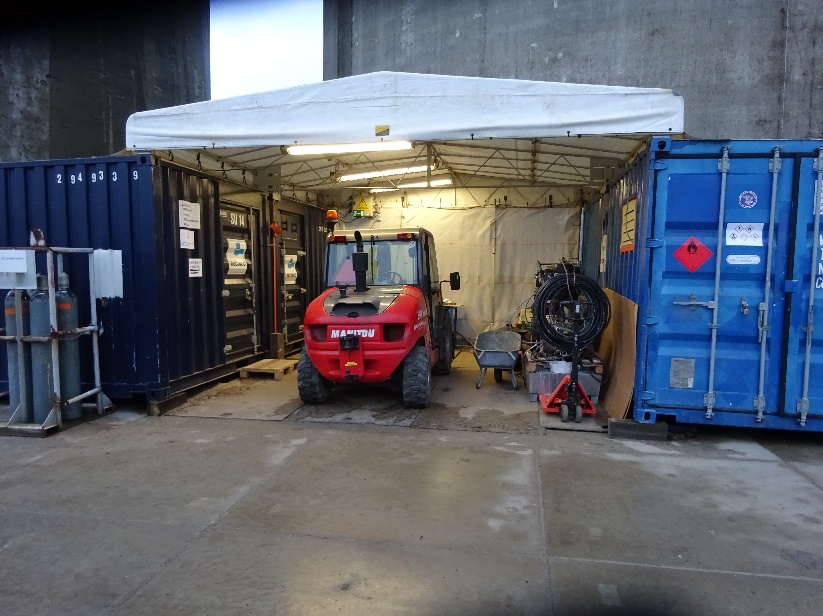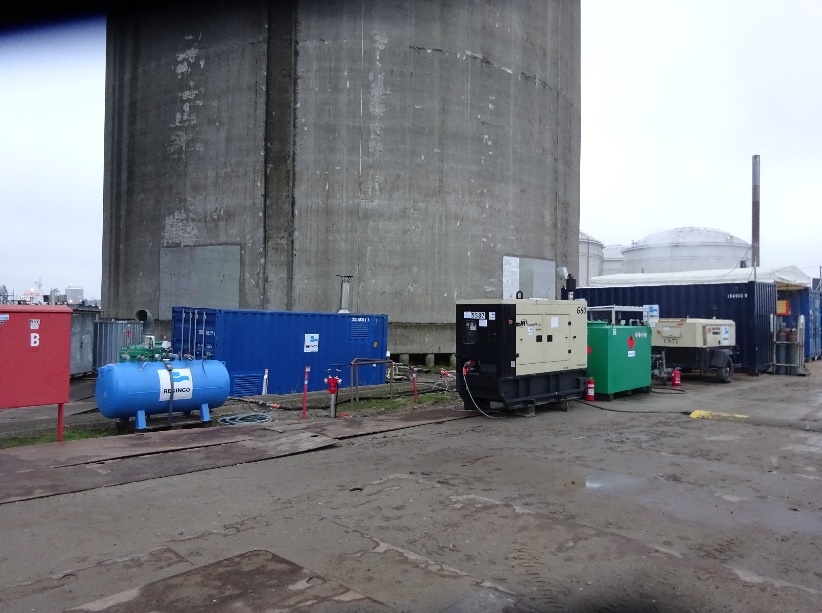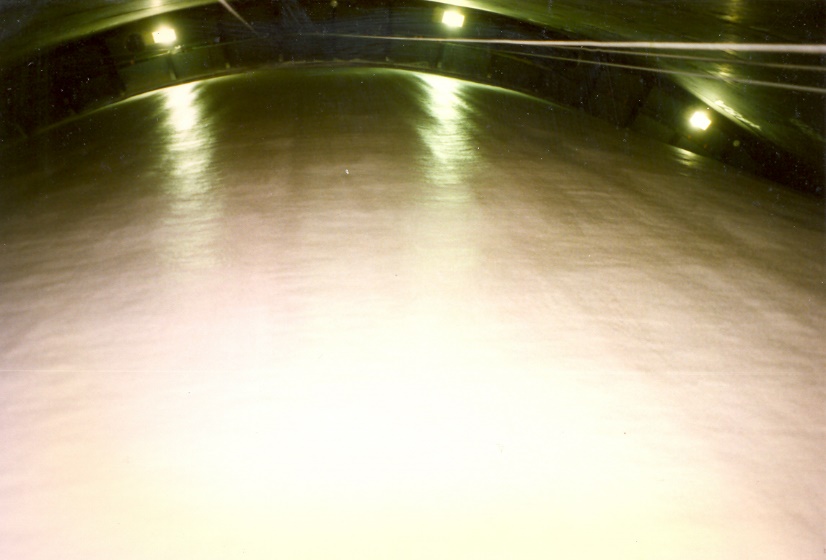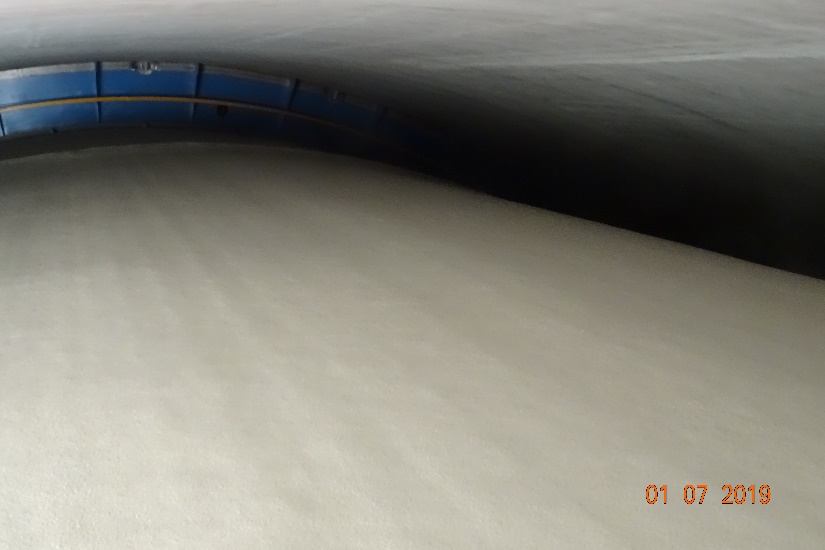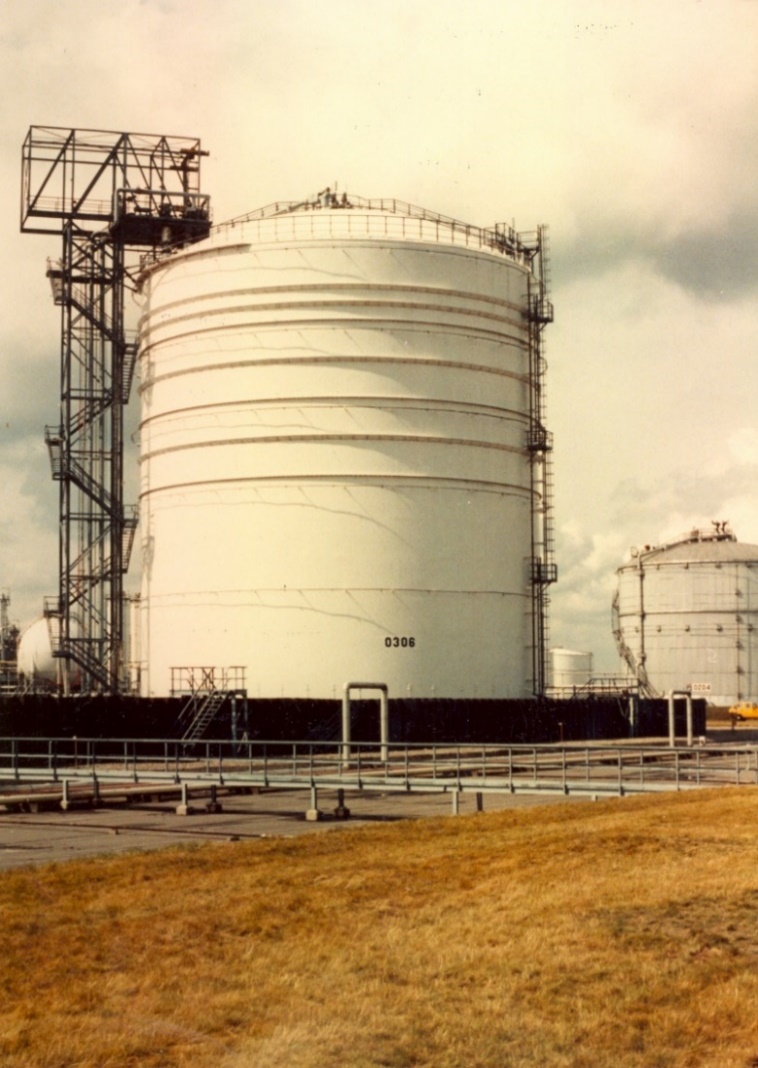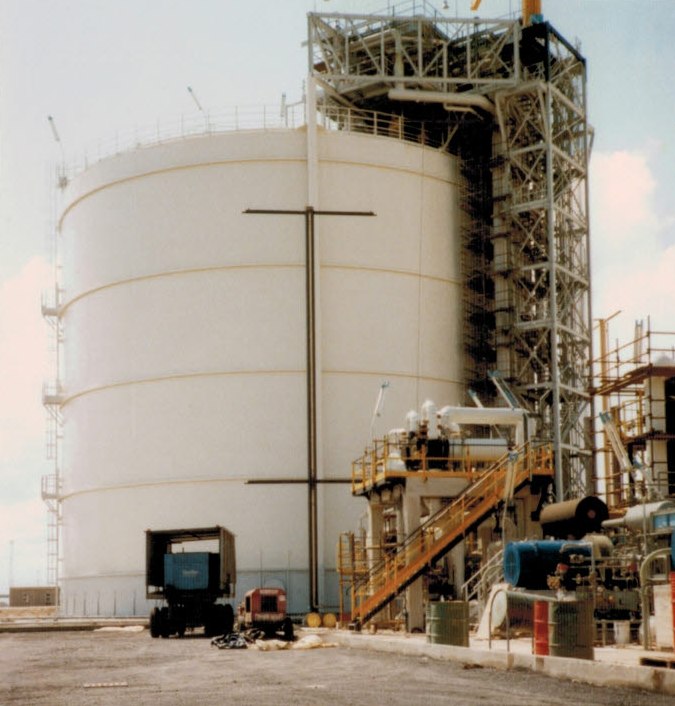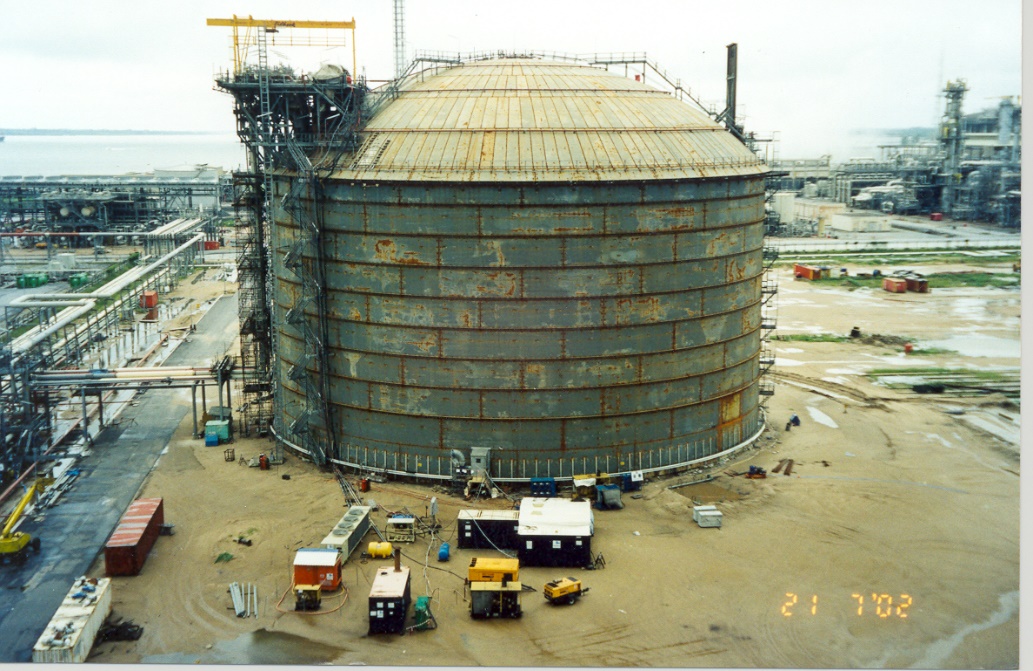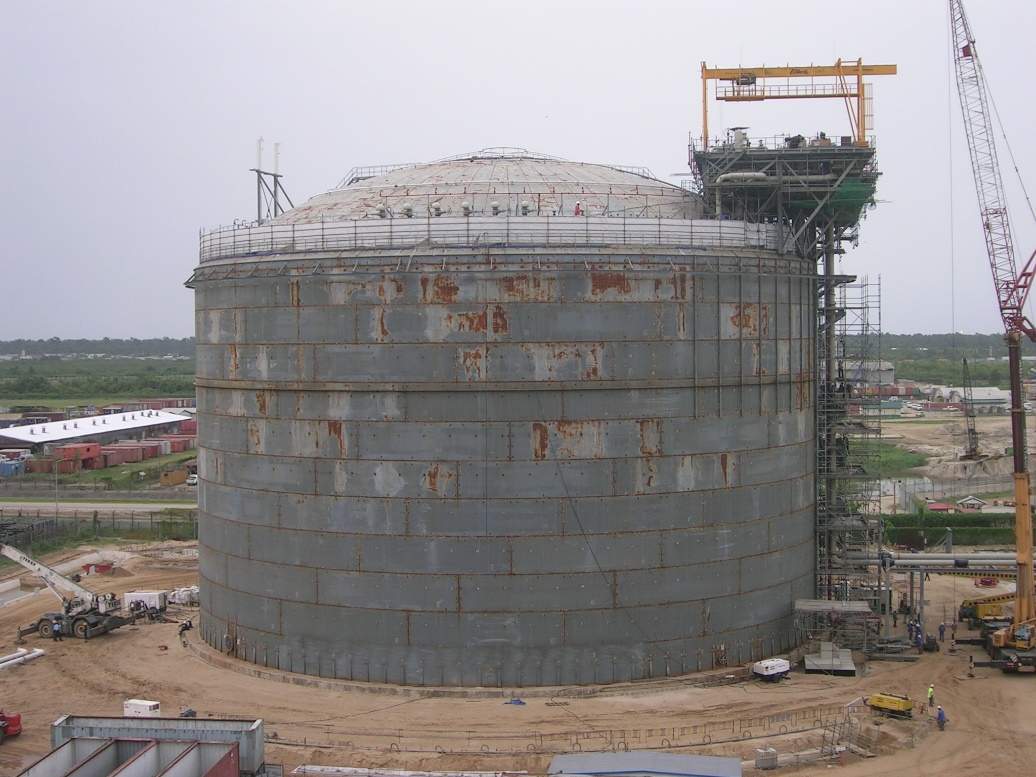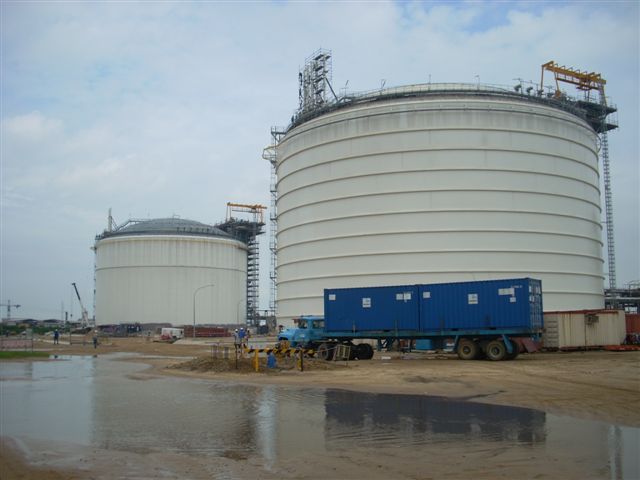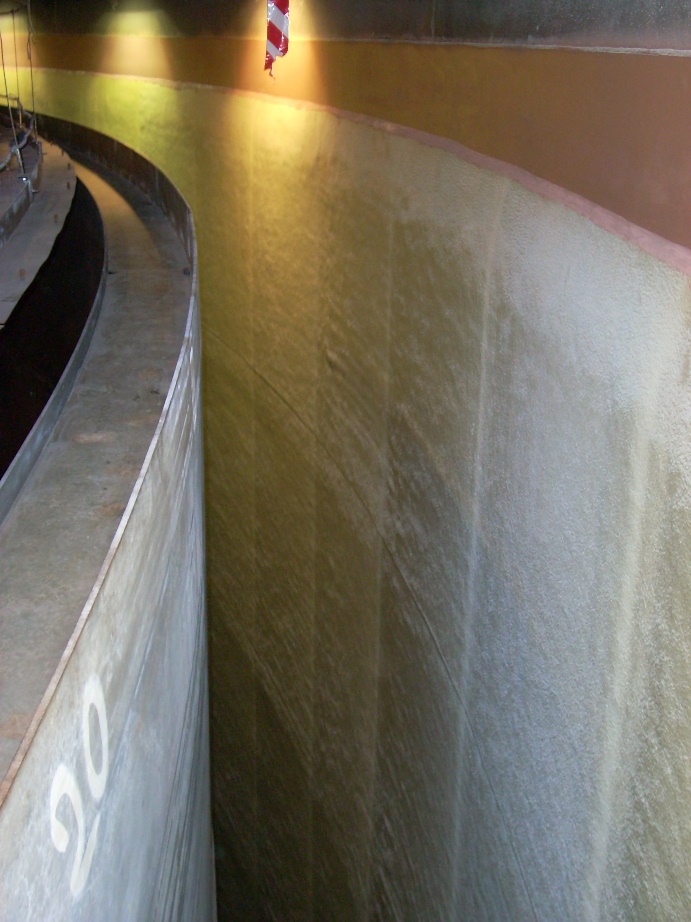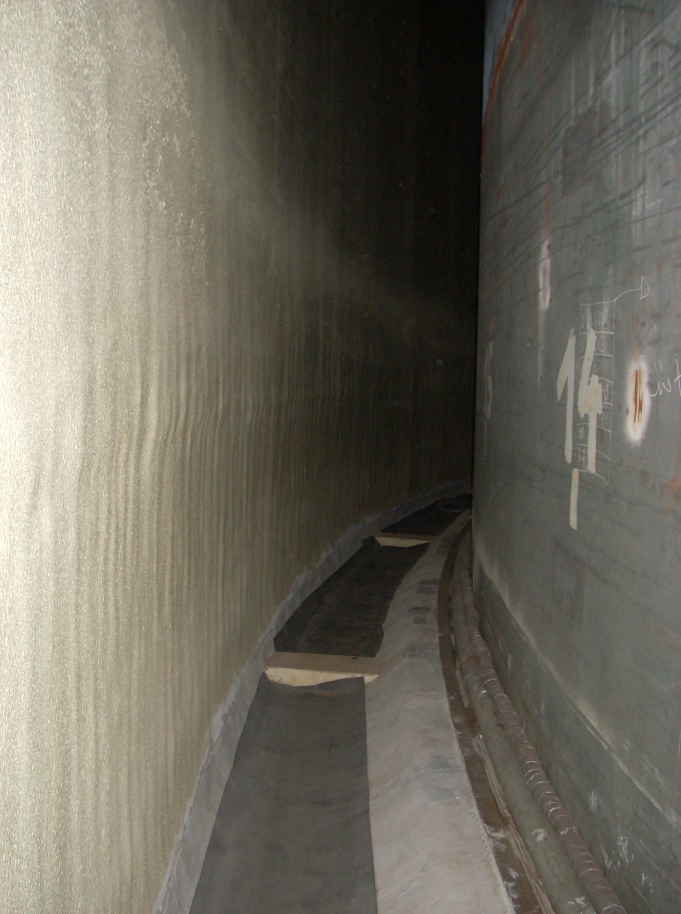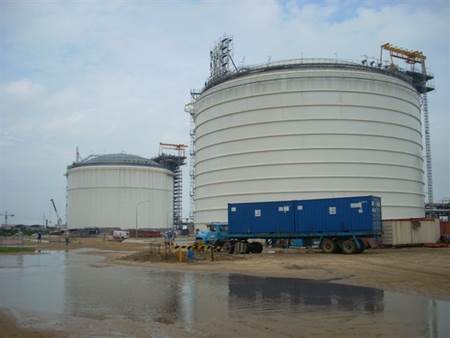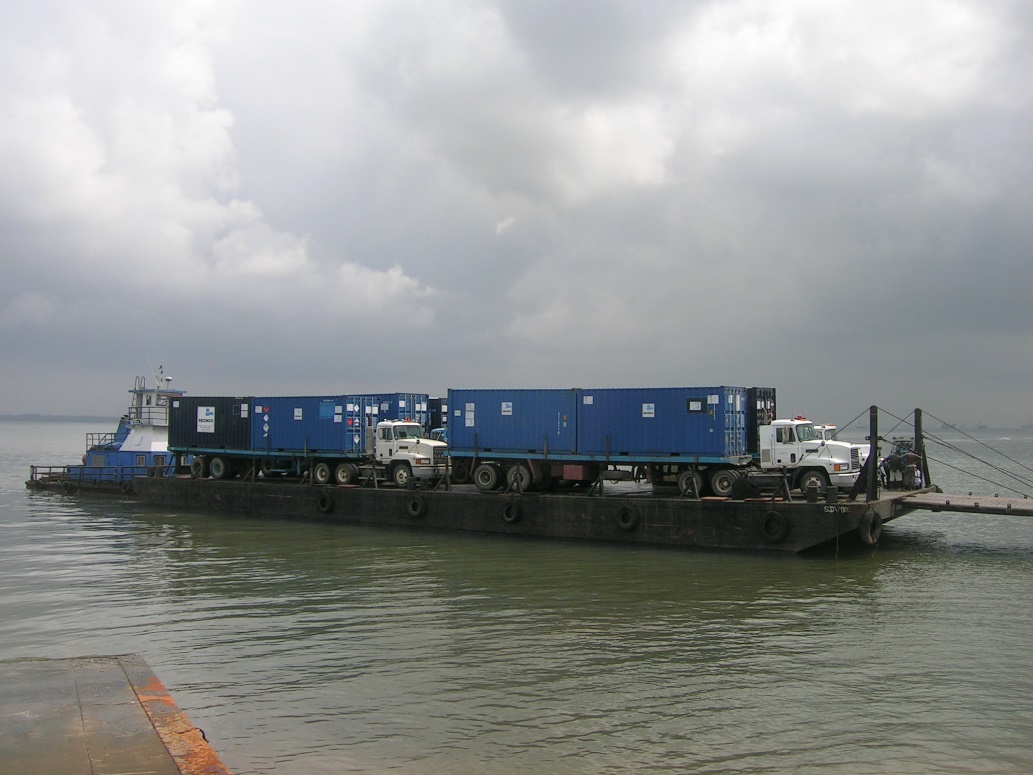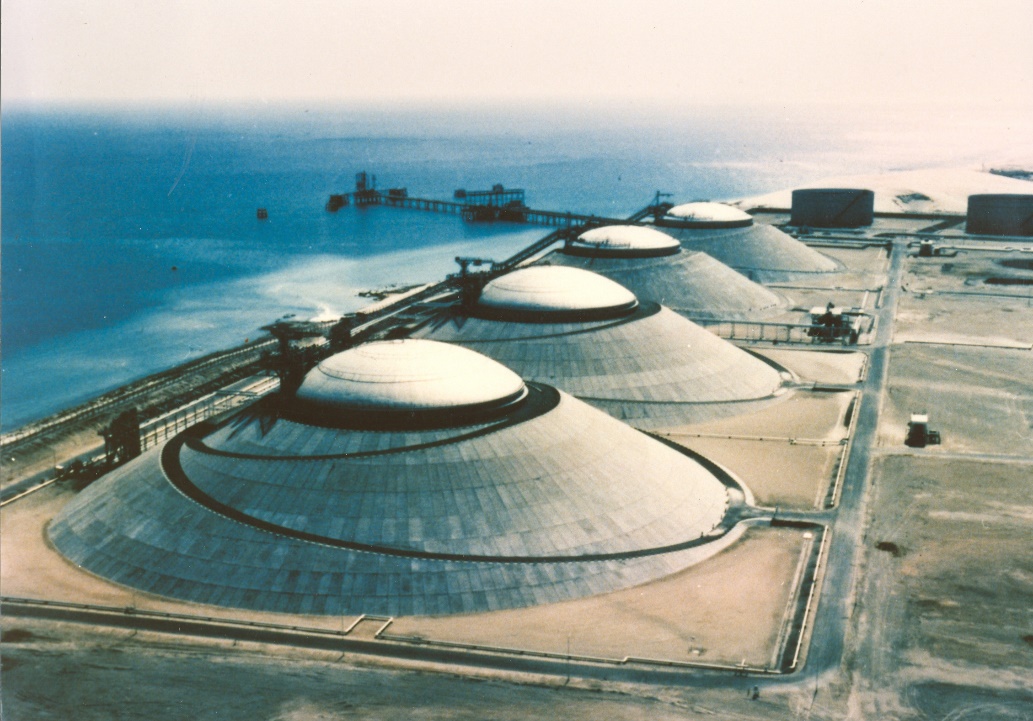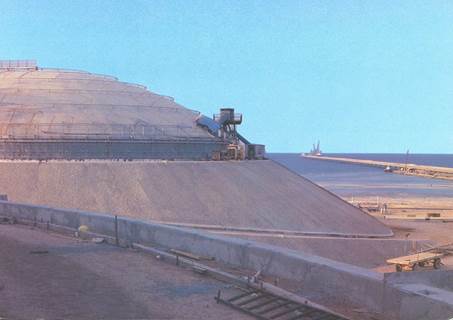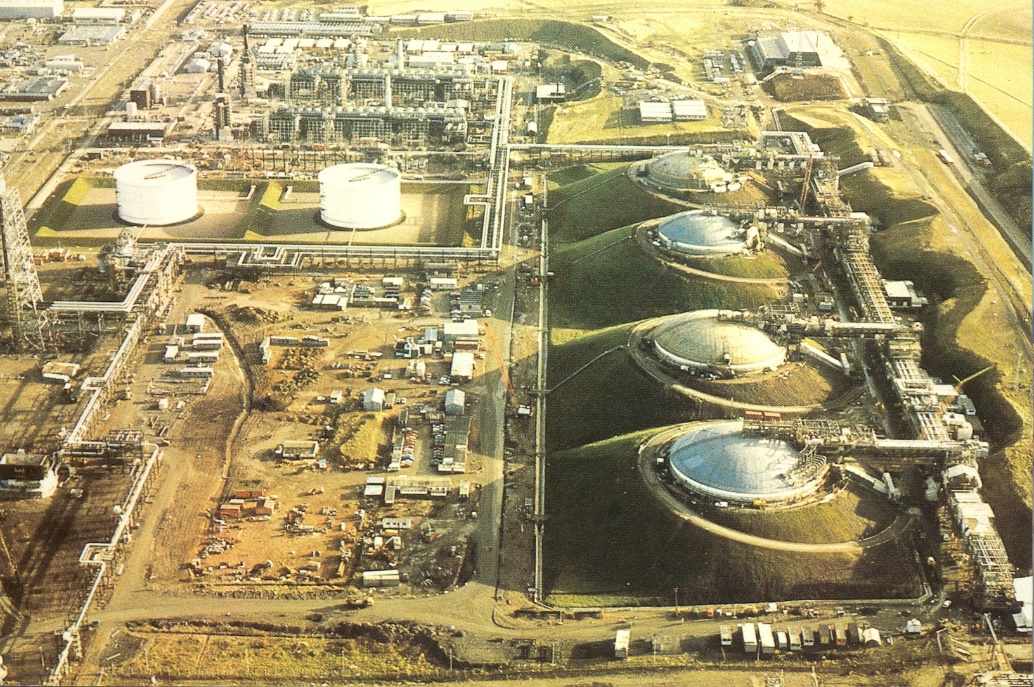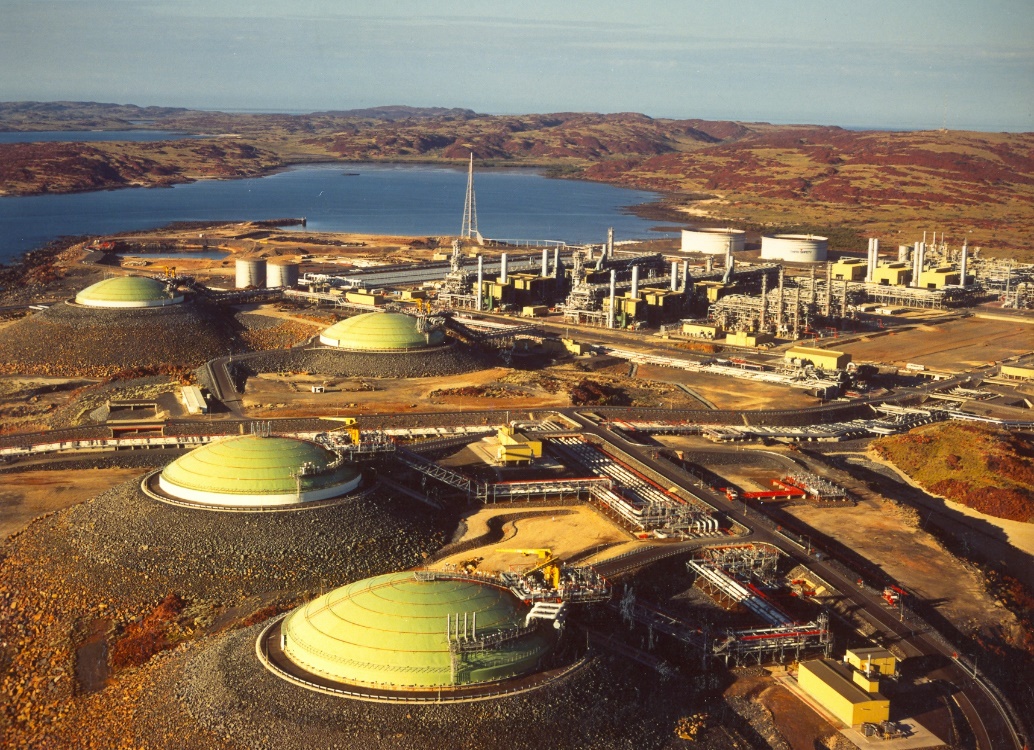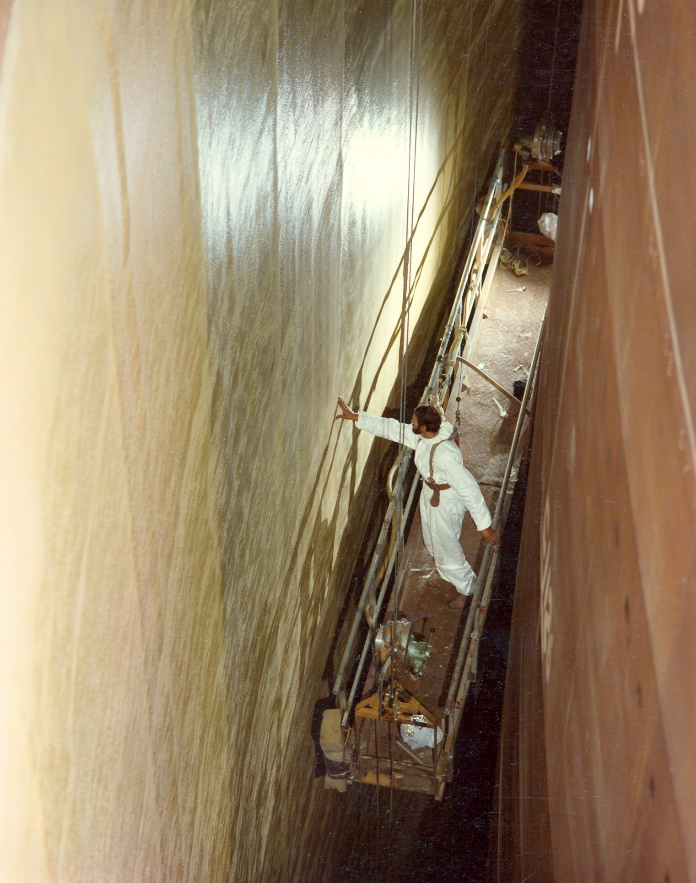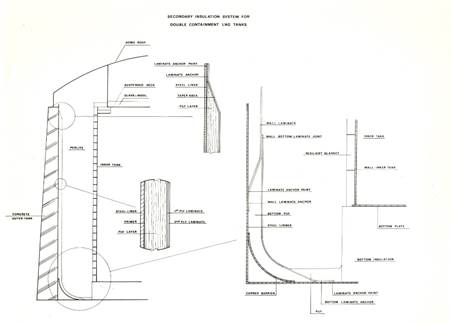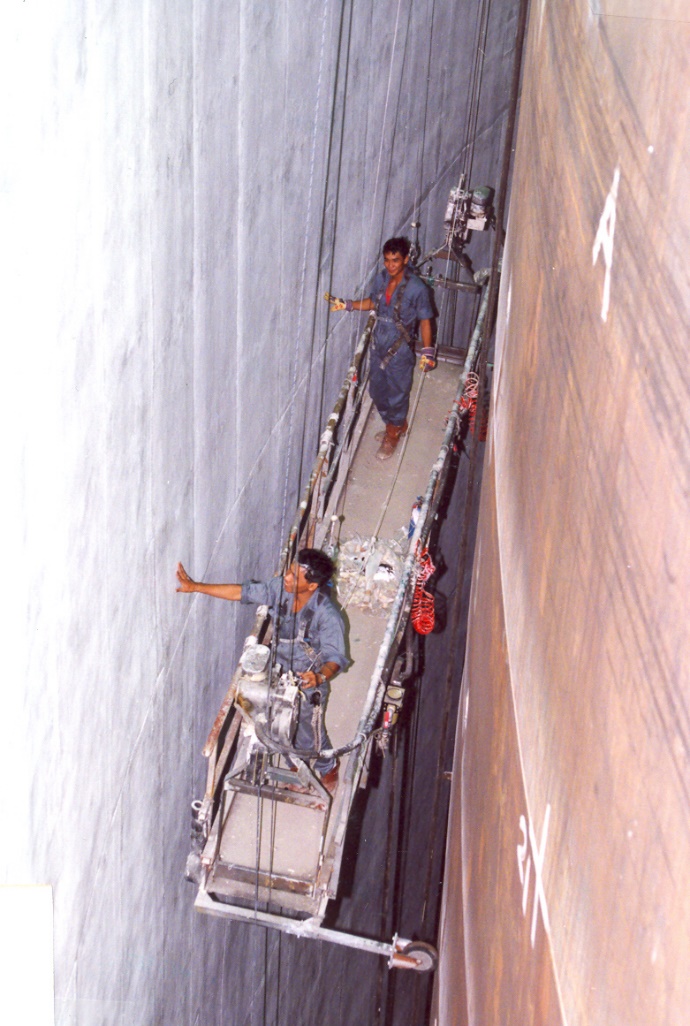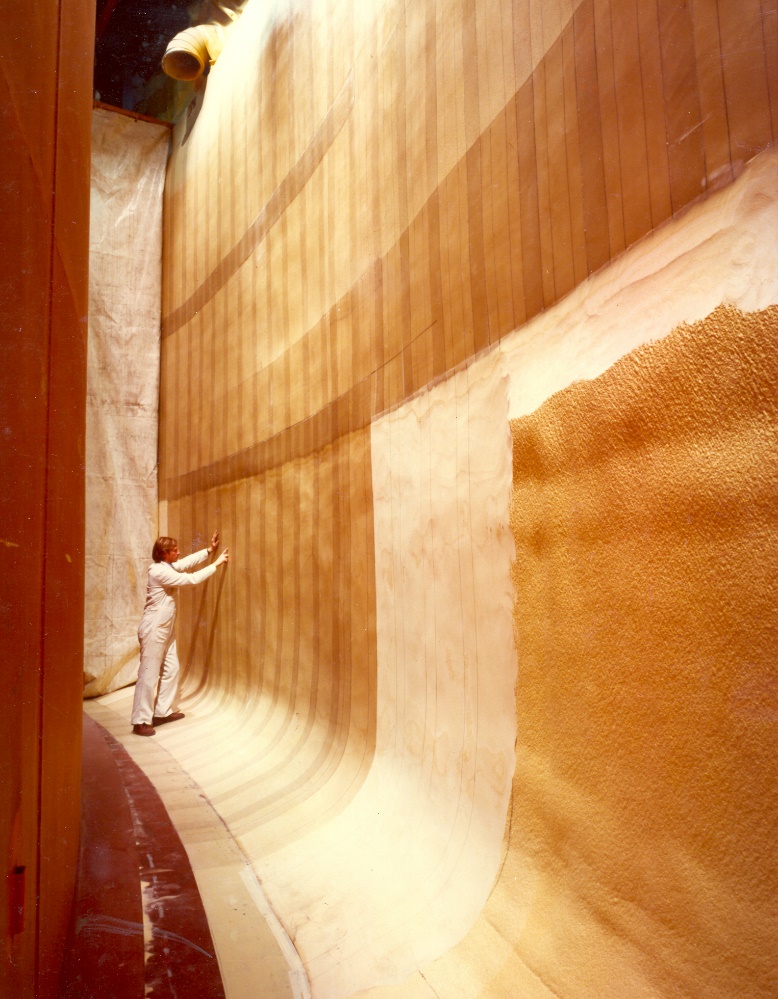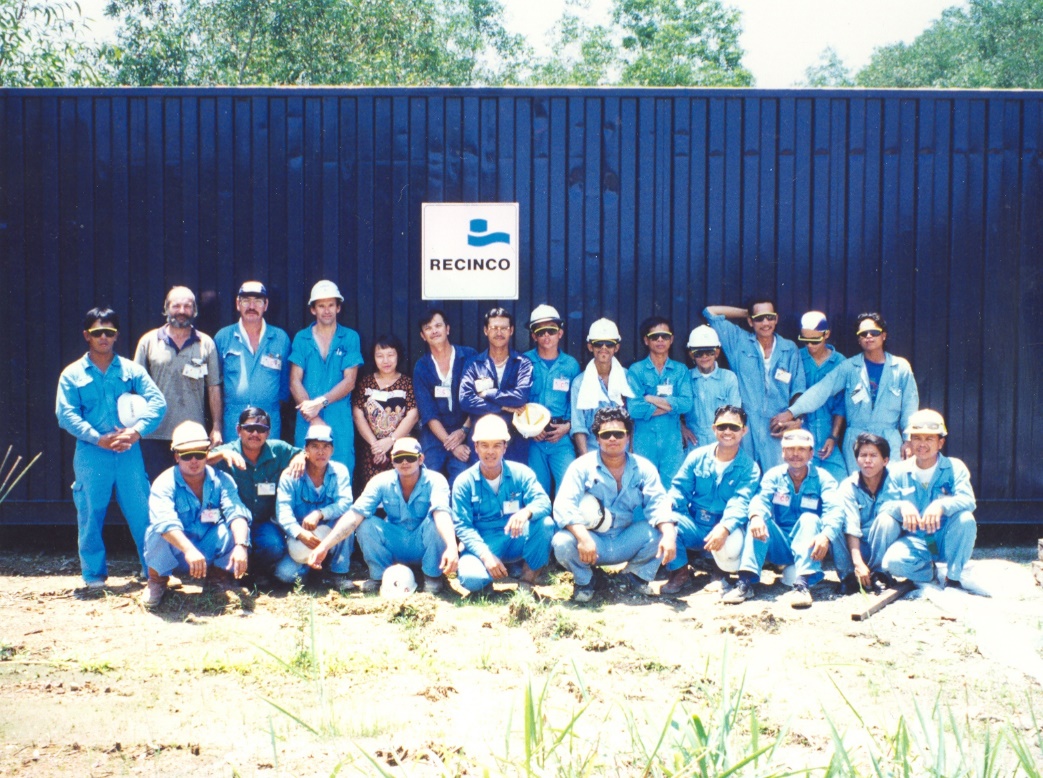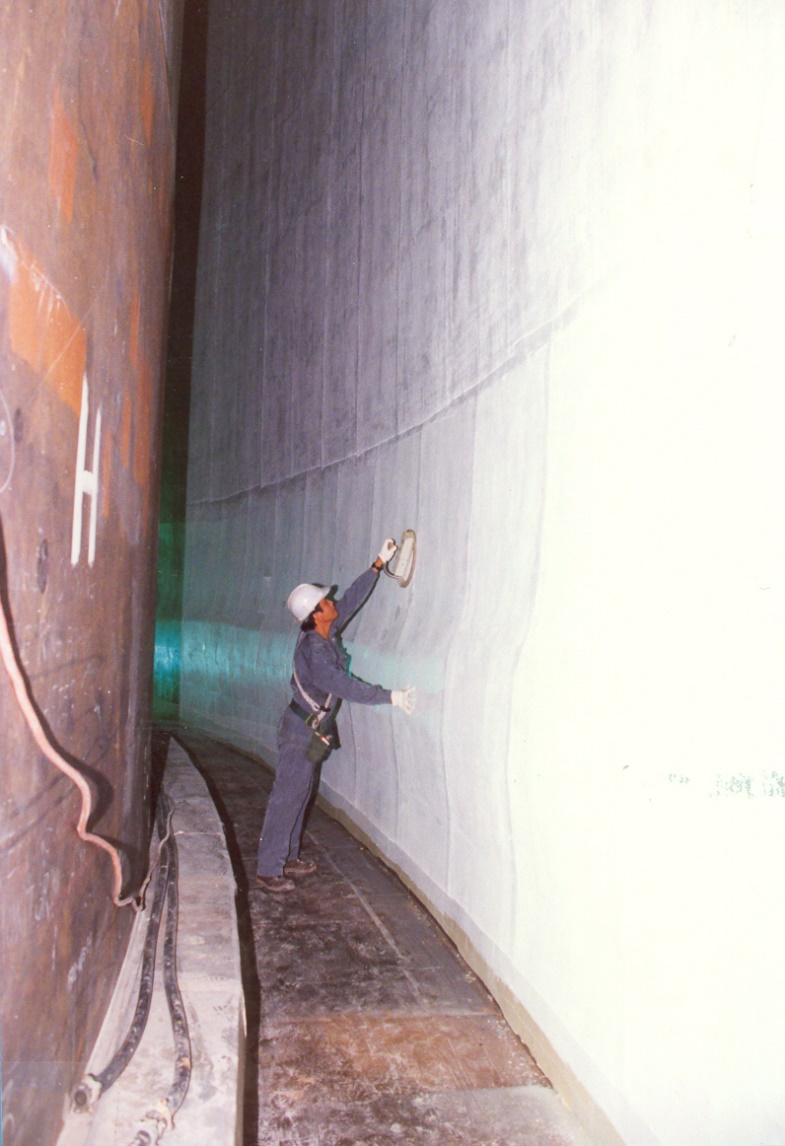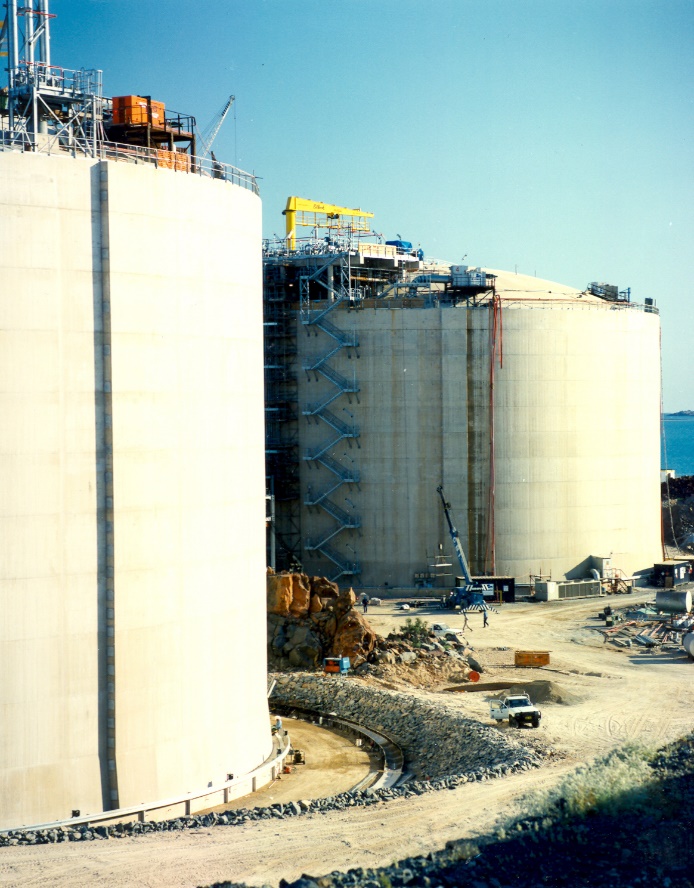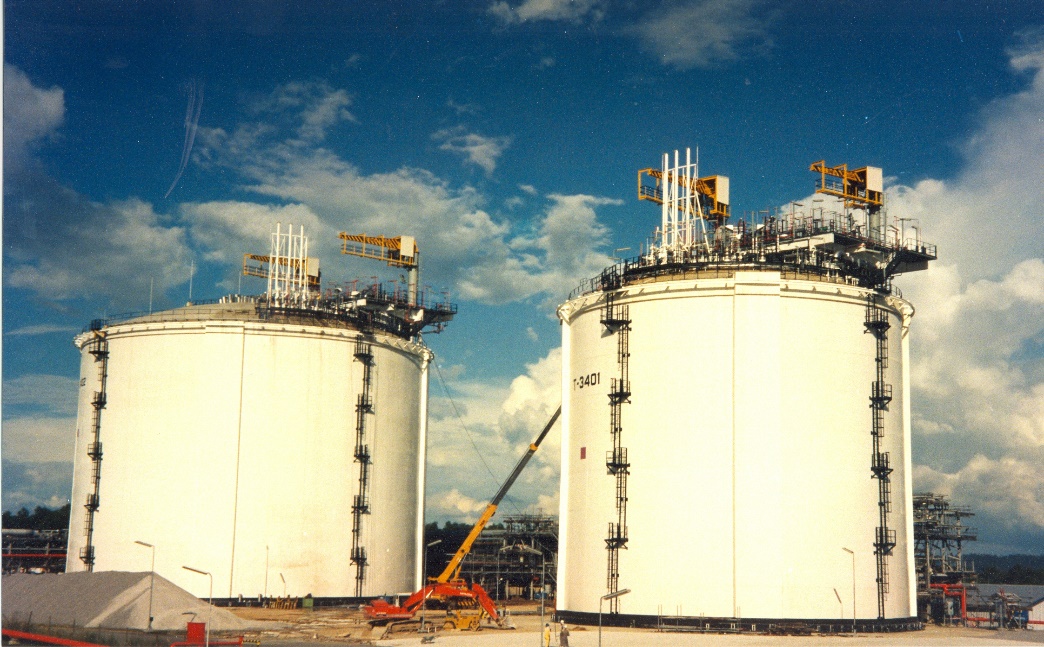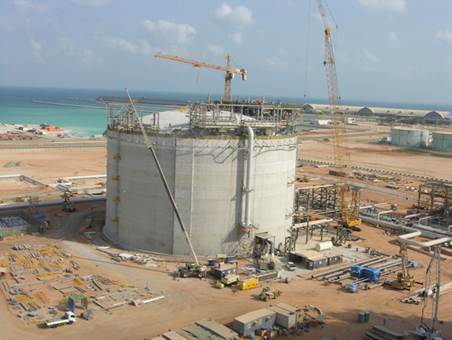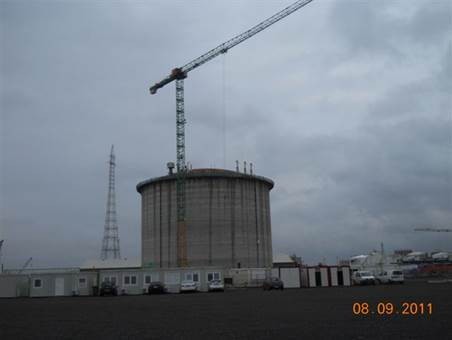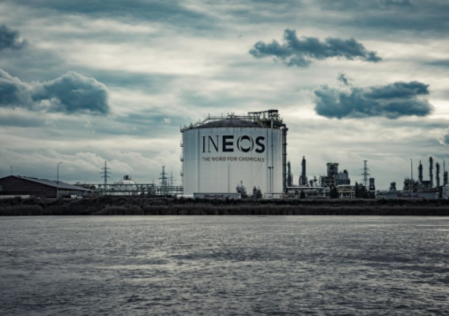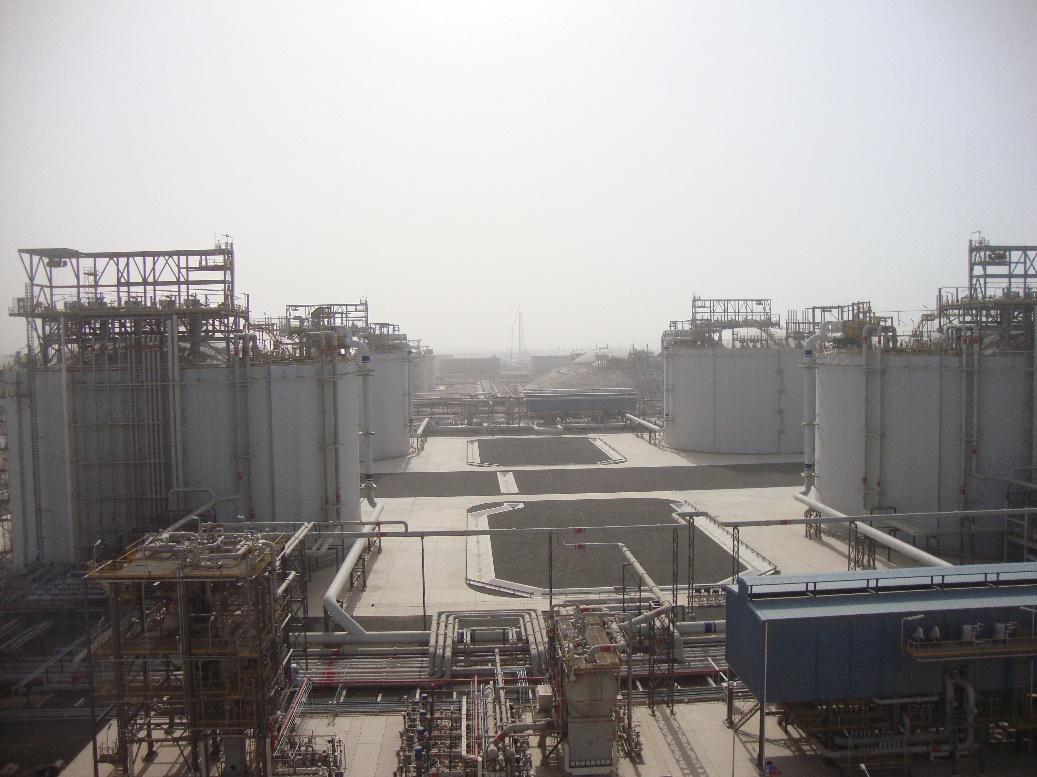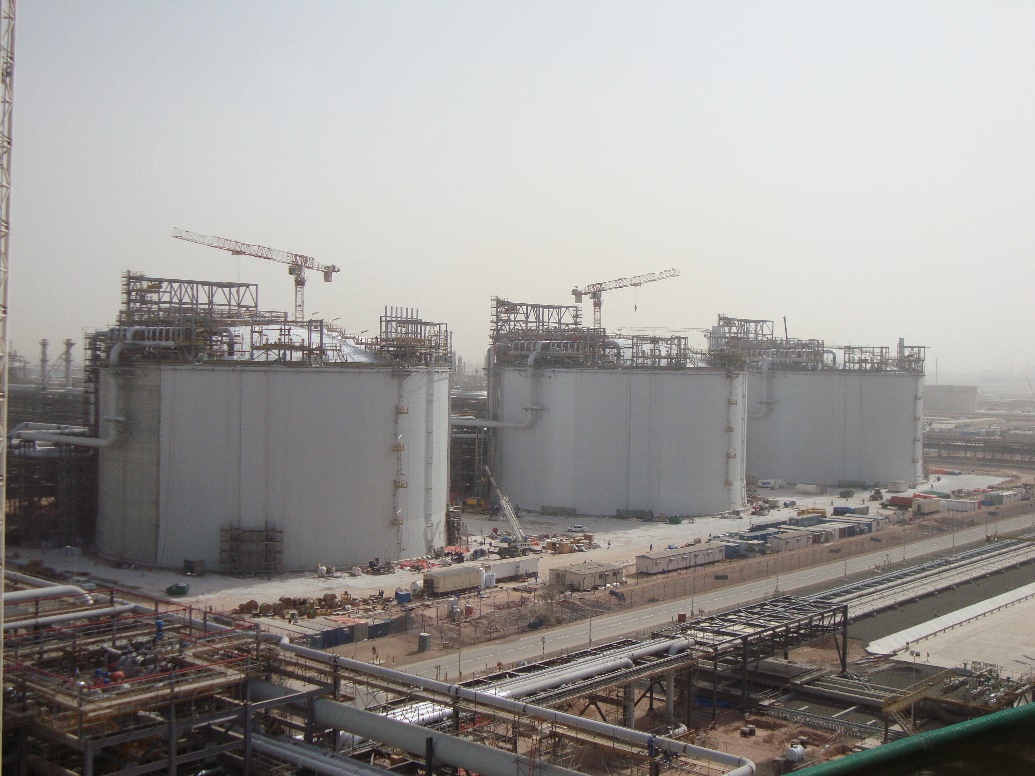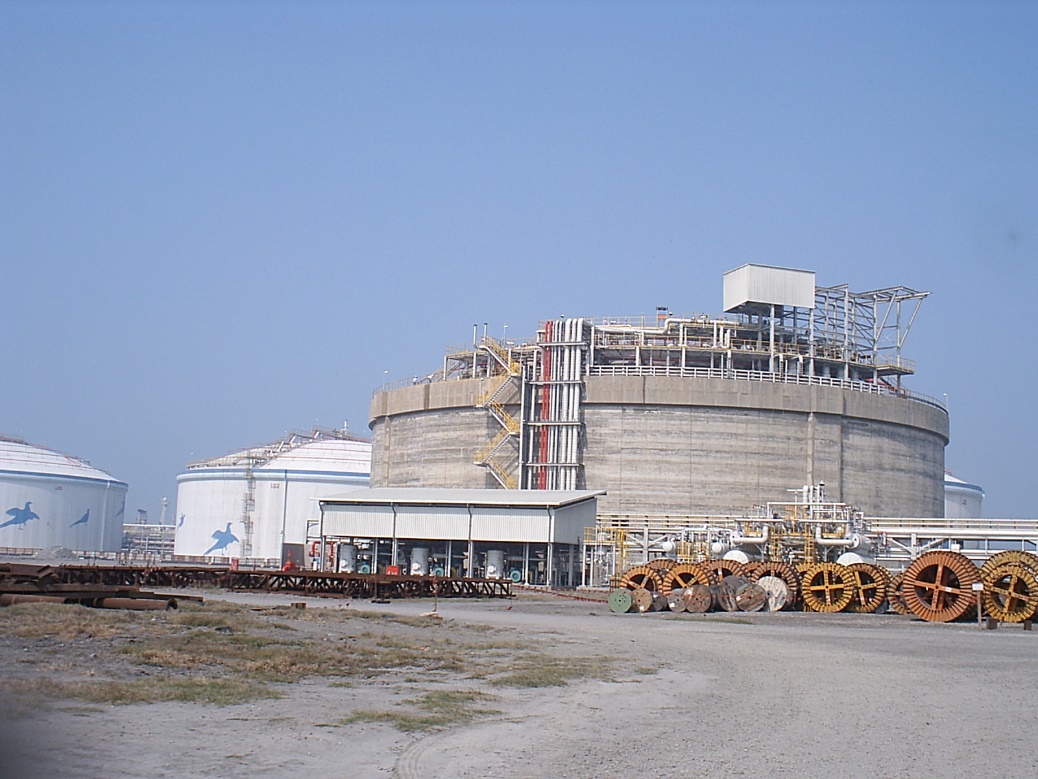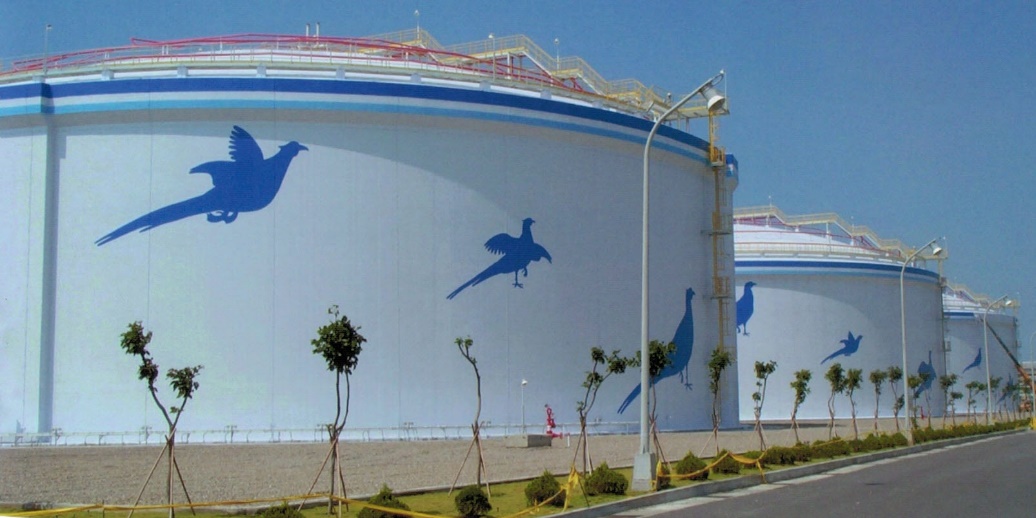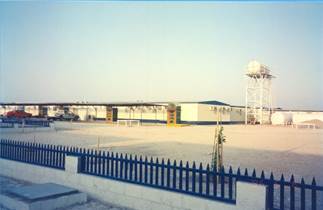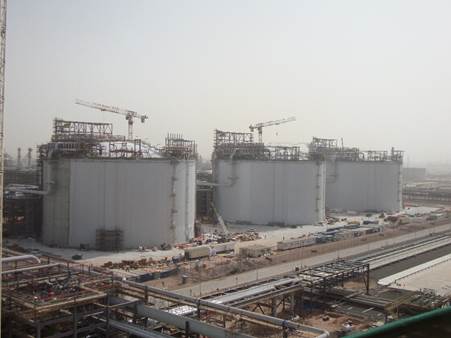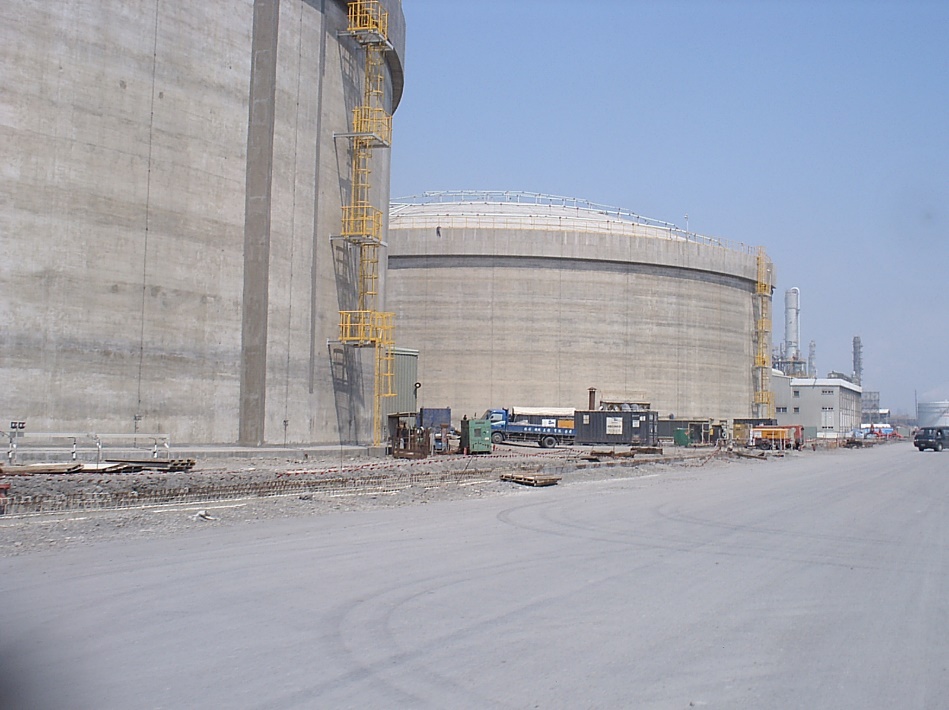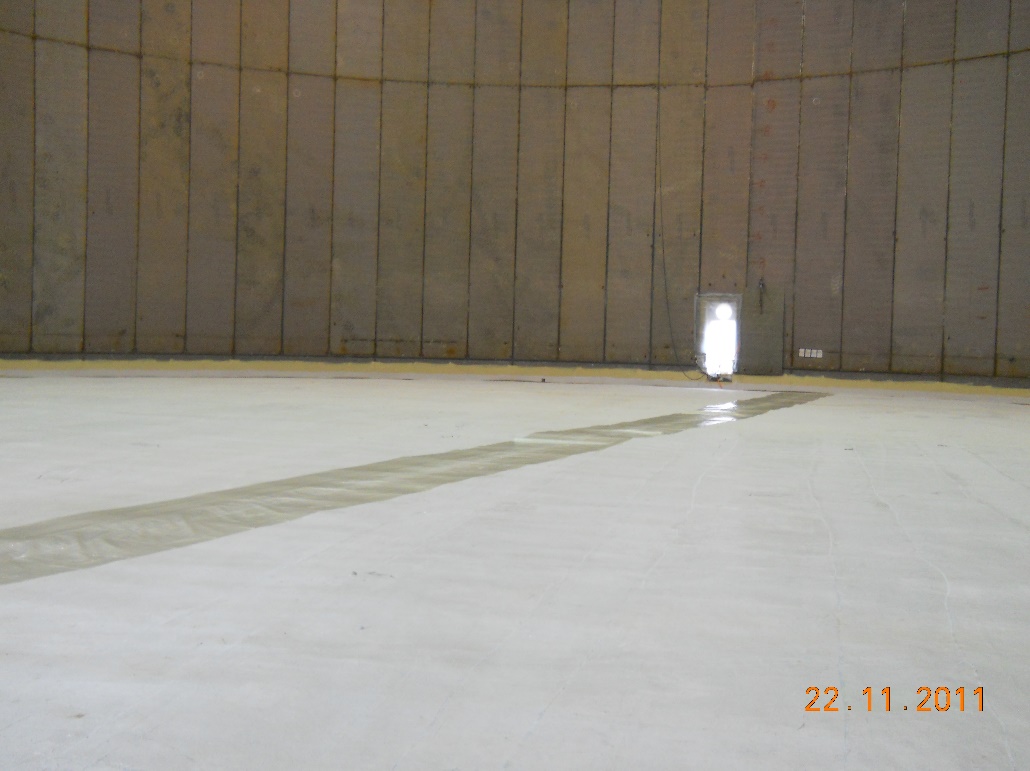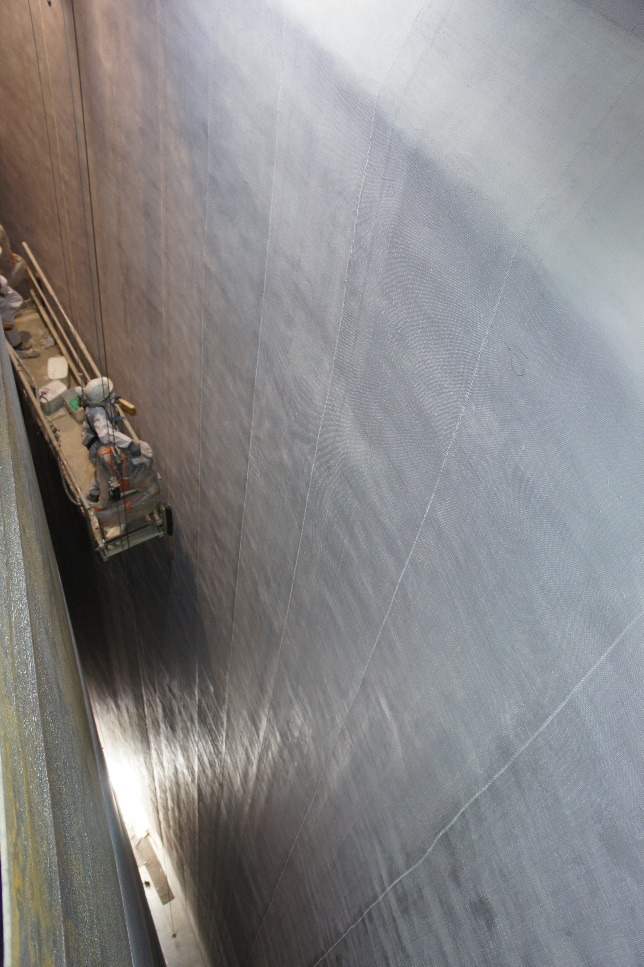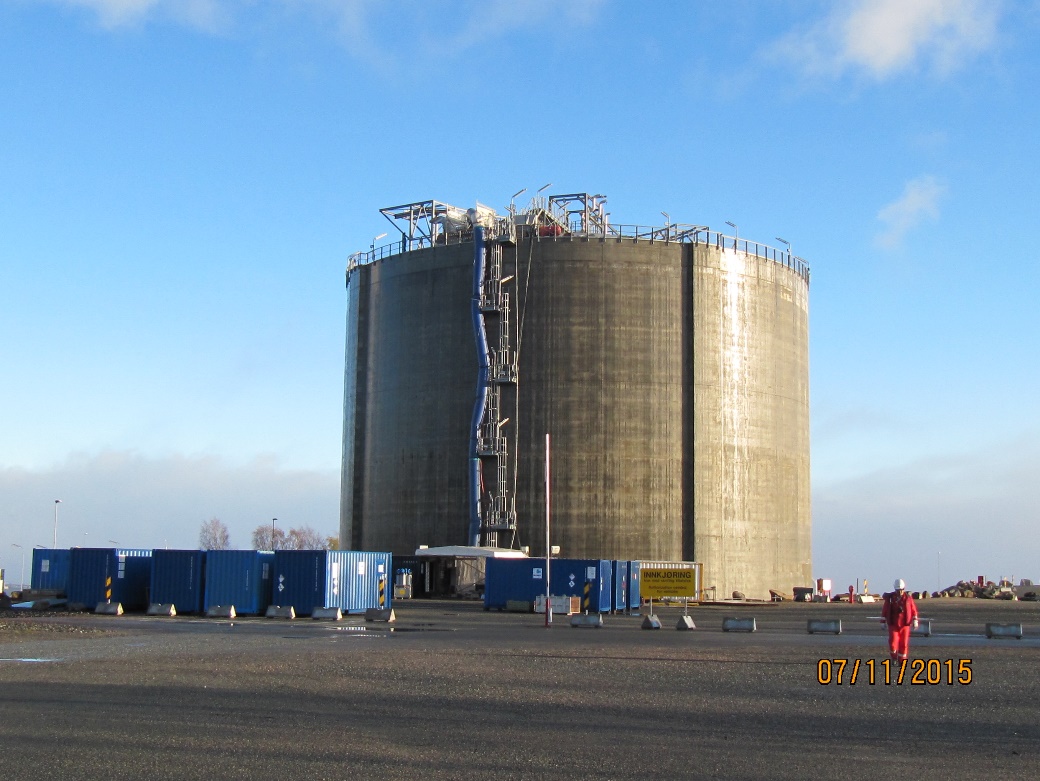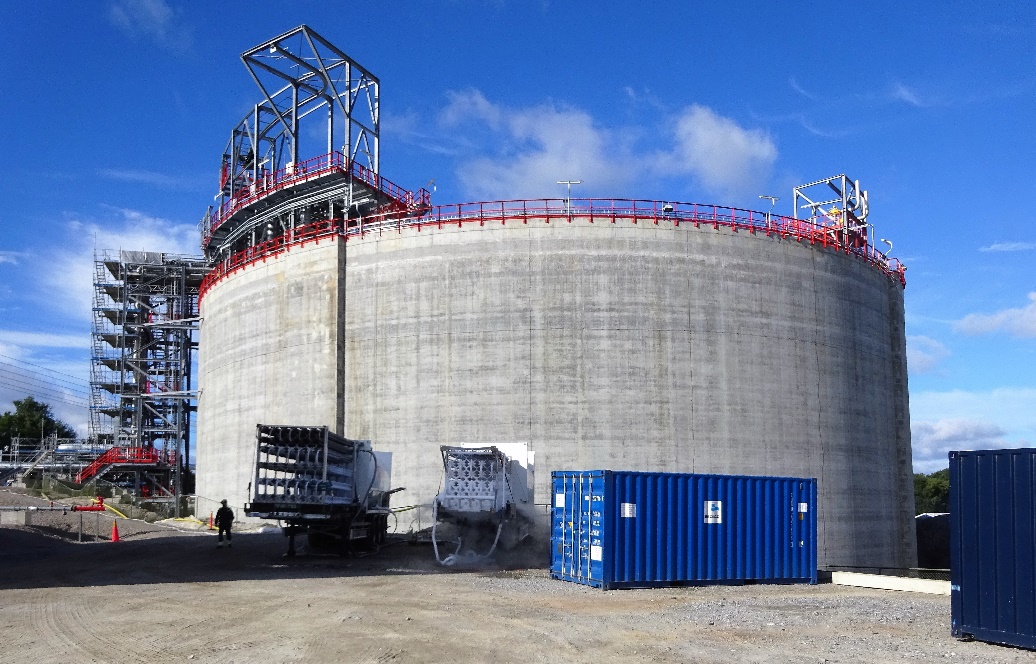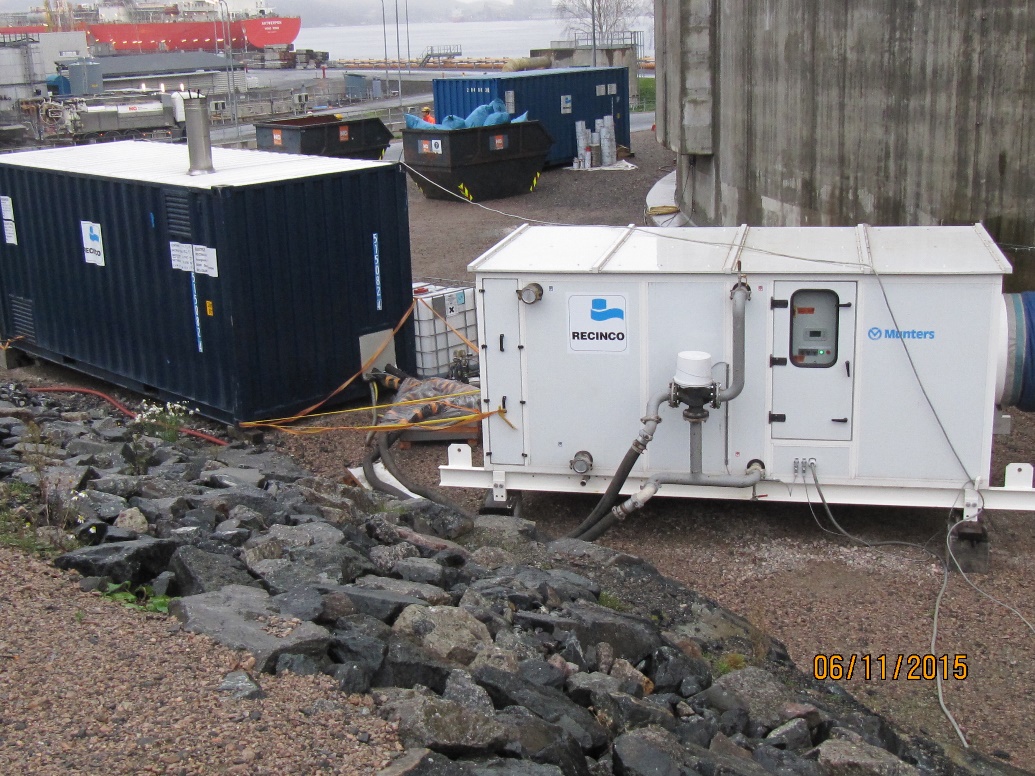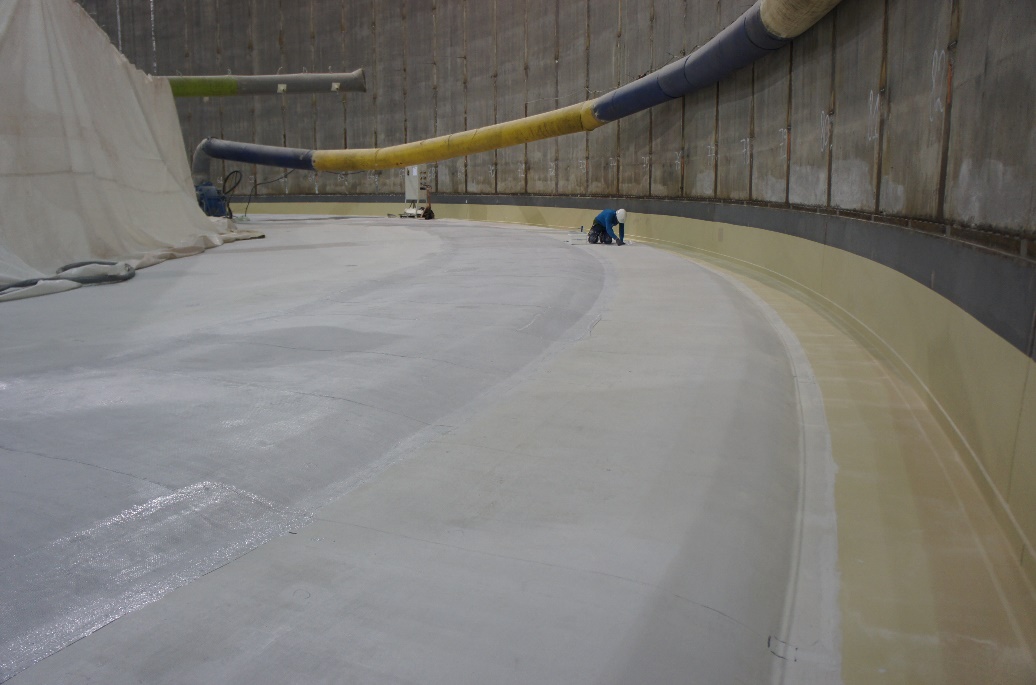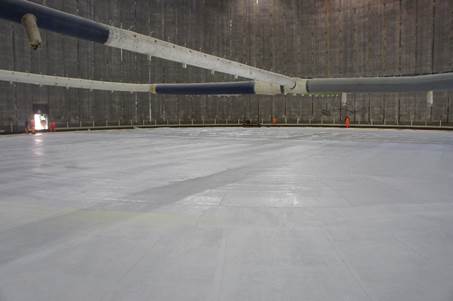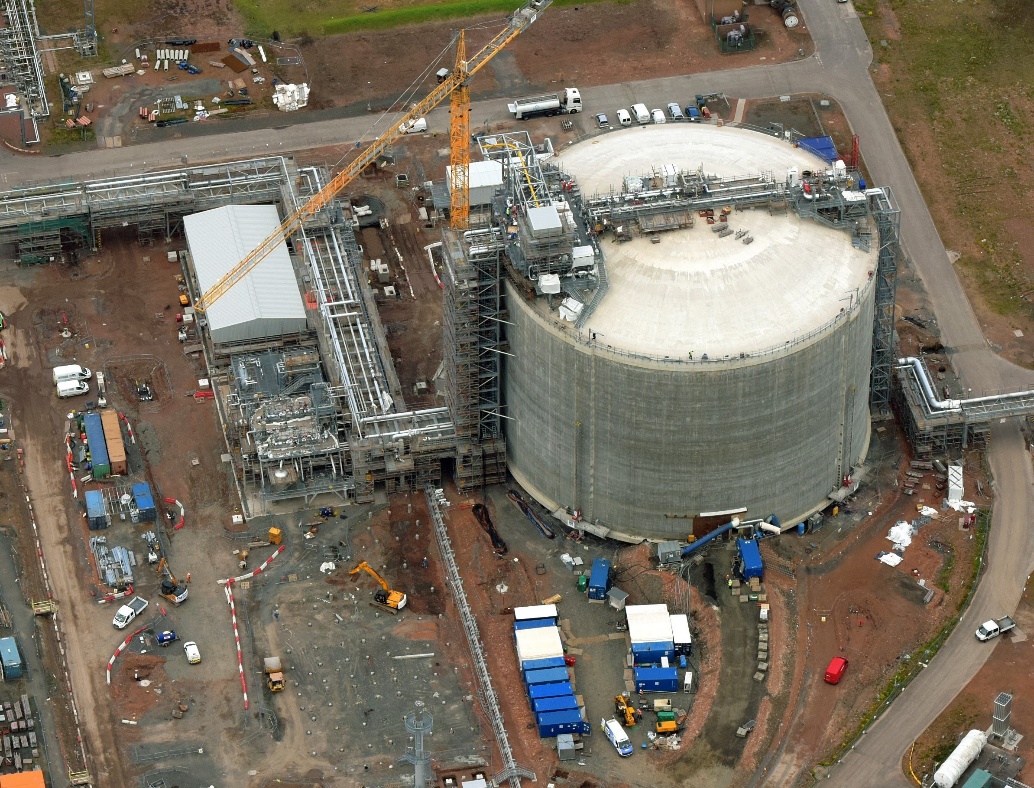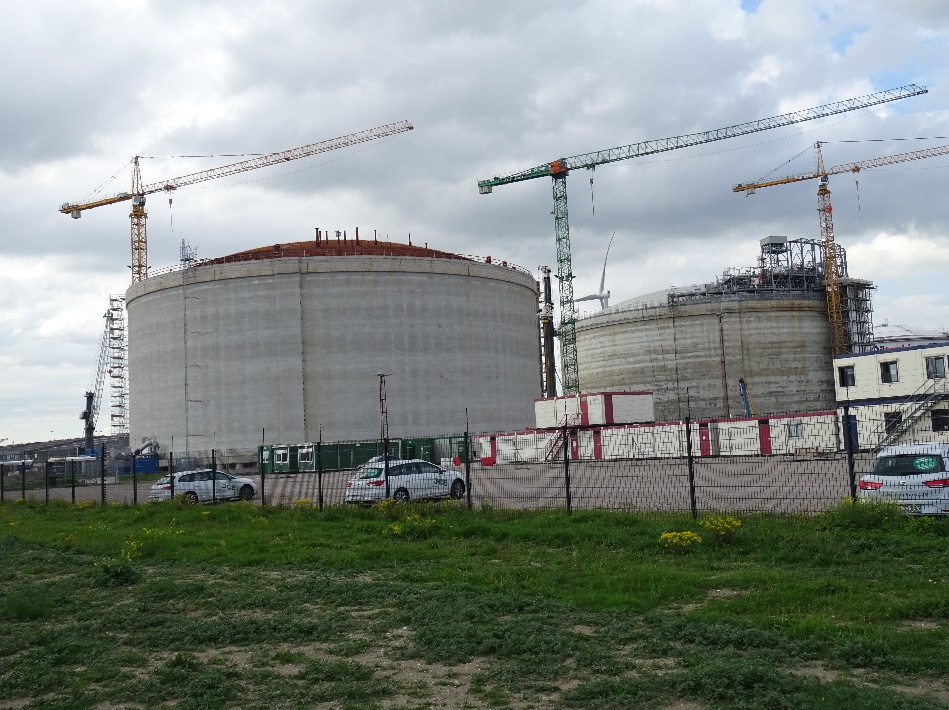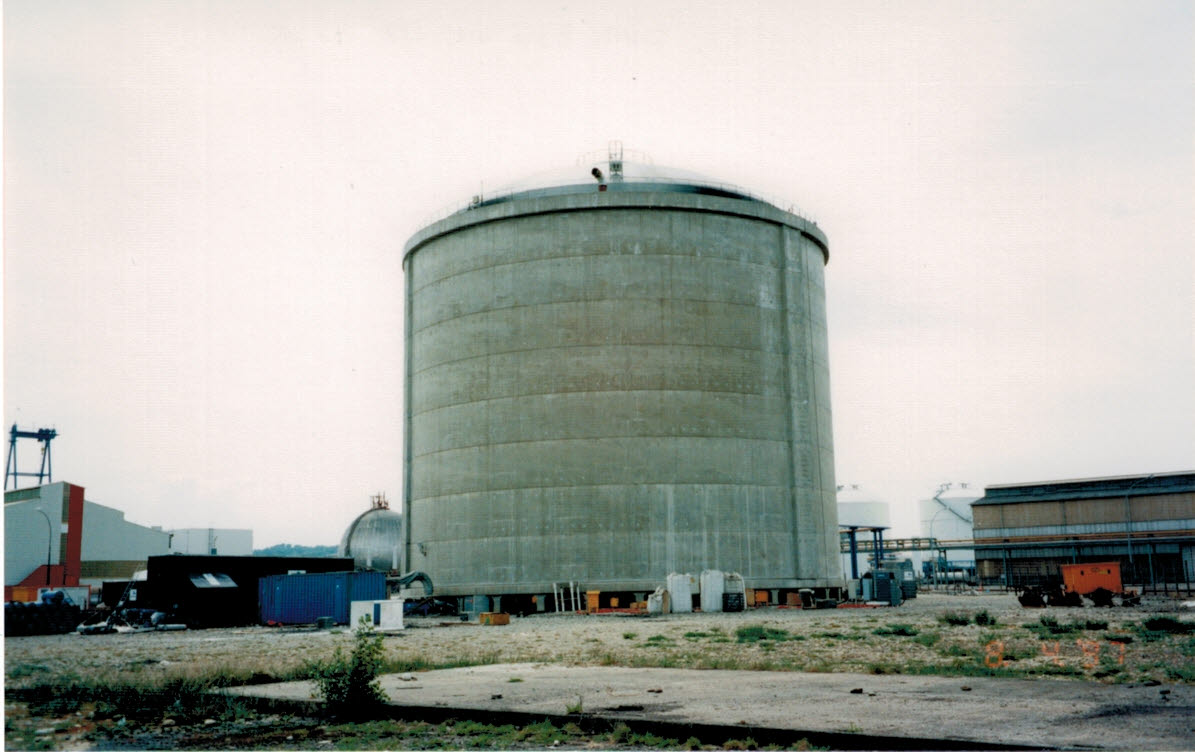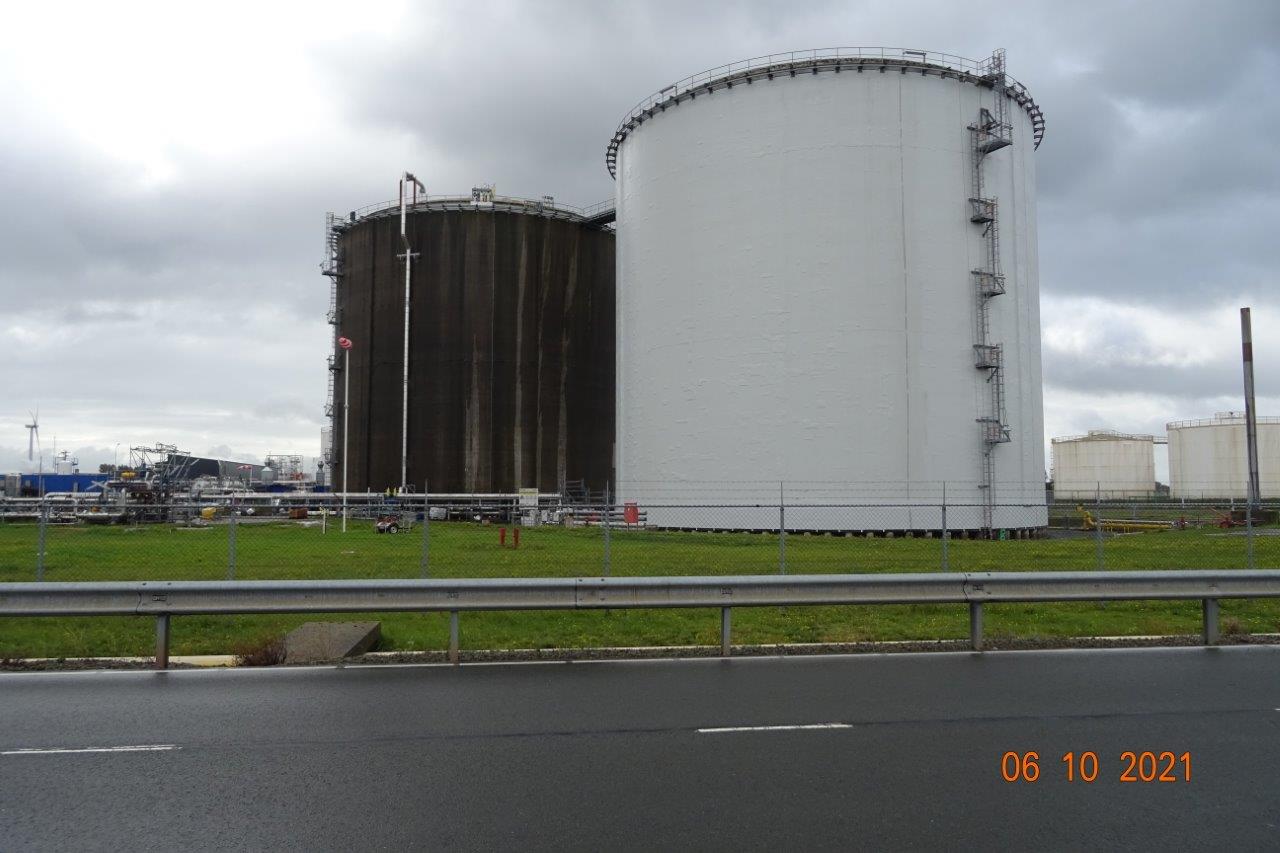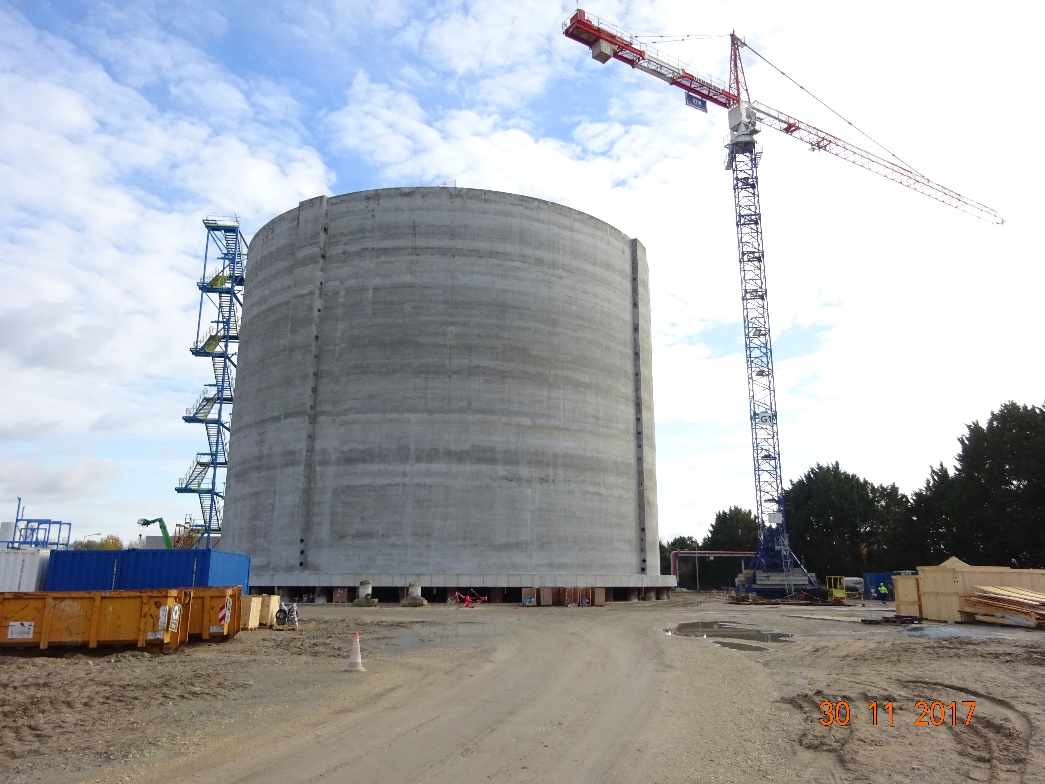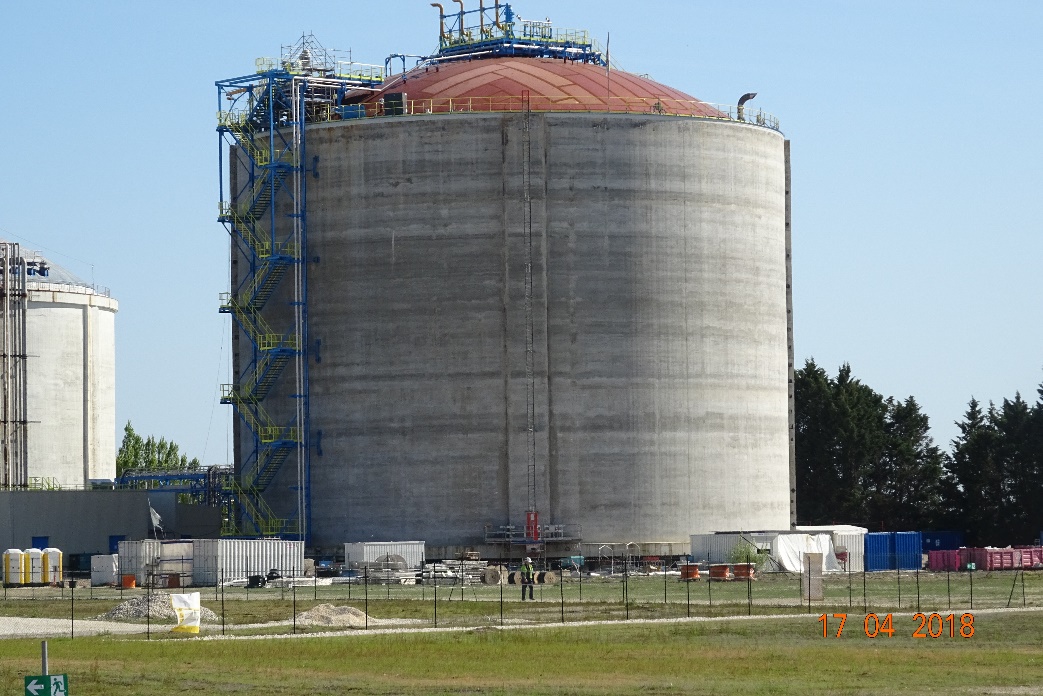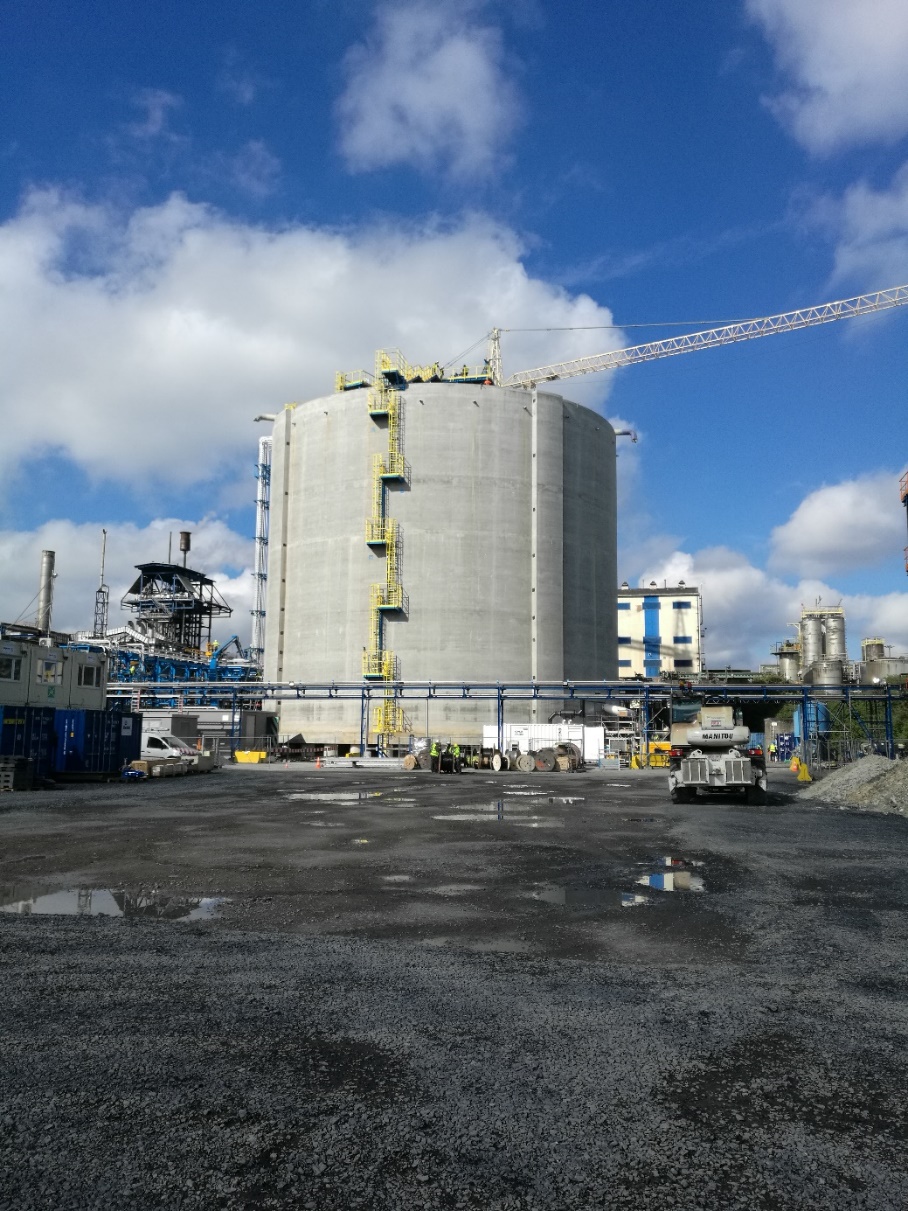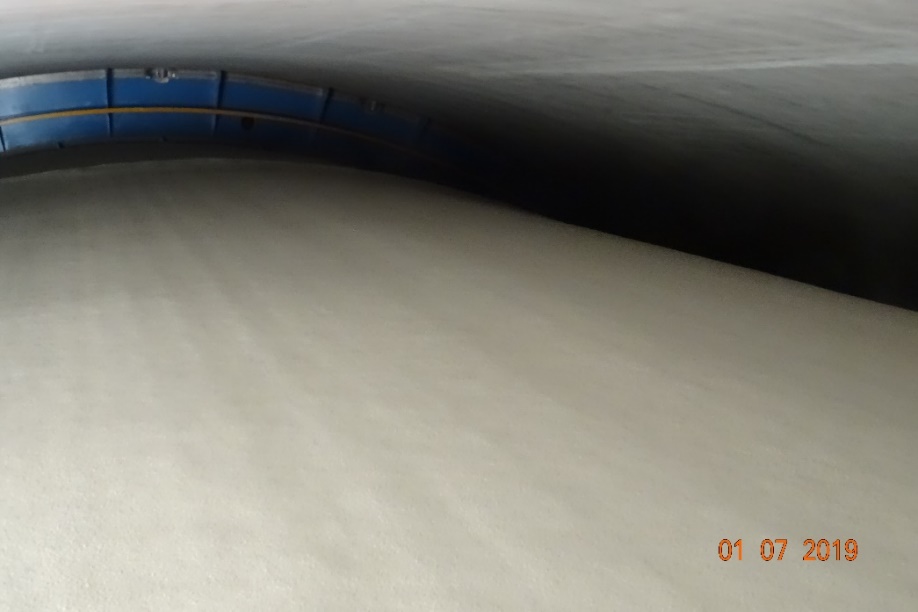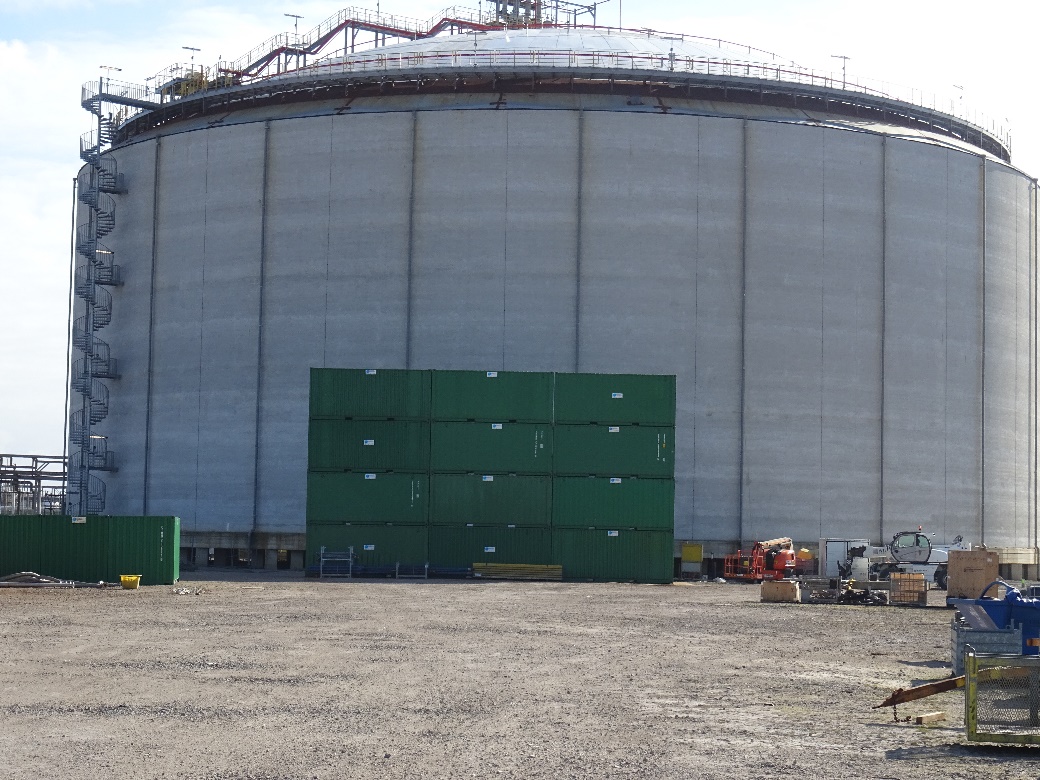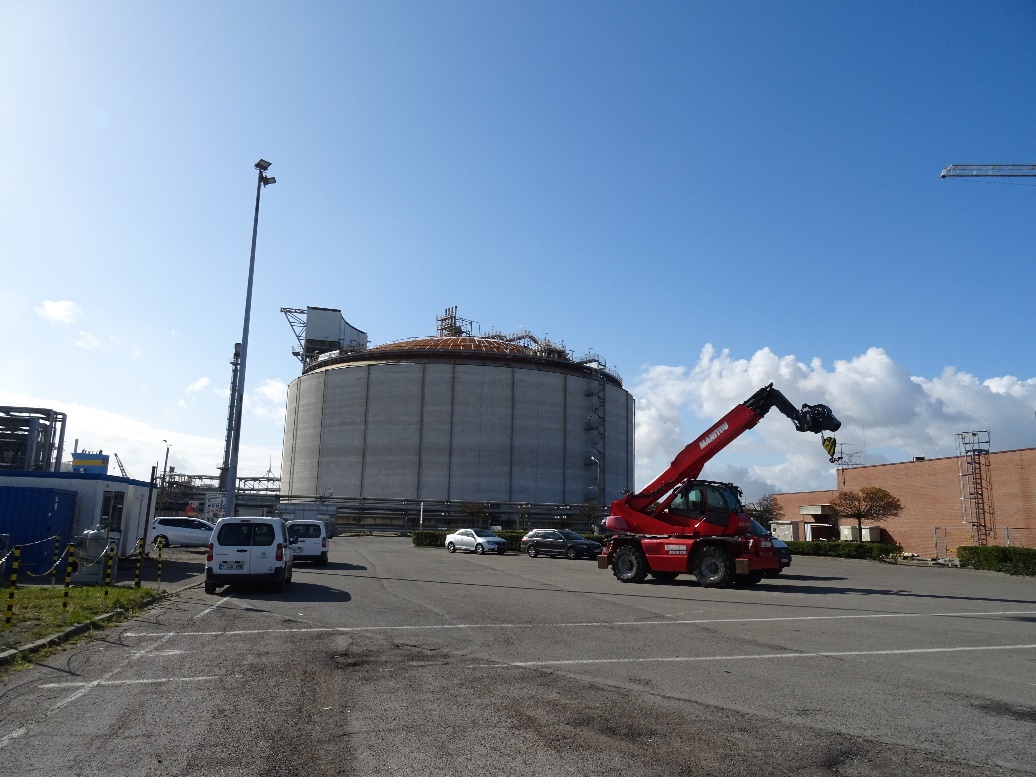PREFACE
We herewith present you typical references of RECINCO in insulation of low temperature and cryogenic storage tanks, which is the principal specialty of RECINCO.
P.N. All these tanks can be grouped under the heading of R.L.G. storage tanks = Refrigerated Liquefied Gas storage tanks
So in this document the abbreviation RLG will be used frequently and it groups the following gases:
- LPG’s Butane, Propane, Propylene, Butadiene
- LEG’s Ethane and Ethylene
- LNG
and also NH3 and CO2
These gases are generally stored in storage tanks of large size at a storage temperature lower than their boiling point and consequently under low pressure.
The size of these tanks is generally > 5.000 m³ and < 200.000 m³.
RLG storage tanks are classified in tank groups as per the classification of EN 14620, i.e. (abbreviated hereafter as):
- Single Containment = S.C.
- Double Containment = D.C.
- Full Containment = F.C.
And we have added an additional separate group, i.e.
- Ammonia (NH3) storage tanks of which some are D.C and others are F.C.
EXAMPLES and REFERENCES of RLG TANKS are shown herebelow.
They are grouped as follows:
B.1 Single Containment RLG storage tanks
B.2 Double Containment RLG storage tanks
B.3 Full Containment double steel RLG storage tanks
B.4 Full Containment embankment type RLG storage tanks
B.5 Full Containment RLG storage tanks with prestressed concrete outer wall
B.6 Ammonia storage tanks D.C. and F.C.
B.1 – Single Containment RLG Storage Tanks
B.2 – Double Containment RLG Storage Tanks
B.2.01.
Two D.C. LPG storage tanks under construction in the Port of Antwerp in the years 1982-1984. The insulation works were carried out in 1984 under cover of an inflatable waterproof tent, installed on top of the concrete outer tank. These tanks and their insulation systems have now an age of approx. 40 year.
B.3 – Full Containment Double Steel RLG Storage Tanks
B.3.01.
Double steel F.C. tank (10.000 m³) for Propylene. This tank designed by SHELL and built in The Netherlands in 1978-1979 was the first Full Containment (F.C.) tank in the world. The PUF Insulation, against the inside face of the outer tank shell, was applied in 1980; at that time the application was still done with the (old) manual spray method. Type of PUF used: SHELL Internal Insulation System
B.4 – Full Containment Embankment type RLG Storage Tanks
B.4.05.
In far away Australia a large LNG project was developed and designed by SHELL/WOODSIDE in the 1980’s and built in the years 1985-1989 as the first Australian LNG project. The four embankment type LNG tanks (each 65.000 m³) were built by a Japanese-Australian consortium. The PUF insulation of the 4 LNG tanks was supplied and applied by RECINCO in 1988/1989
B.5 – Full Containment RLG Storage Tanks with Prestressed Concrete Outer Wall
B.5.04.
Prestressed concrete F.C. Ethylene tank 50.000 m³ for INEOS in Antwerp; tank design and construction by TGE Gas Engineering, Bonn. Special, unique insulation system for C2 tanks is installed in this tank covering bottom incl. ringbeam and wall, installed in 2011/2012 – N.B. Annular Space of the tank remains empty and consequently fully inspectable
B.5.12.
Three Butane tanks each 110.000 m³ at ADNOC/GASCO NGL4 in RUWAIS, Abu Dhabi, tanks built in 2010-2012 by CB&I. PUF insulation by RECINCO
In total RECINCO has applied PUF Insulation in 16 tanks for ADNOC/GASCO spread over 4 projects in a total period of 32 years (1980-2012). These 16 tanks have a combined storage capacity of > 1 million m³B.5.13.
Two F.C. Ethylene tanks each 80.000 m³ at FPCC (Formosa) Mailiao, Taiwan. Designed and built (in 2004-2006) by TGE. PUF insulation of tank bottom and tank wall by RECINCO. TANK insulation of wall +bottom form together one seamless insulation” cup”. This insulation concept is unique in the world!
